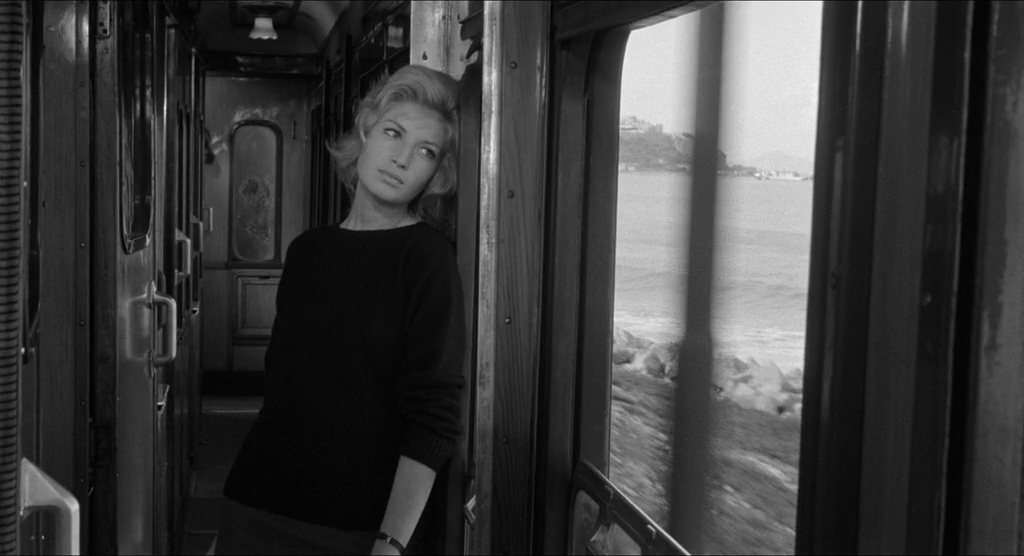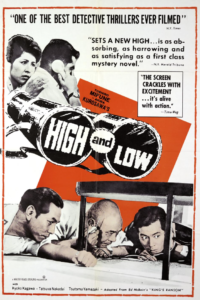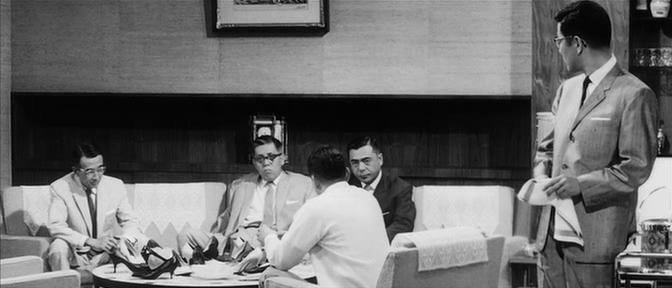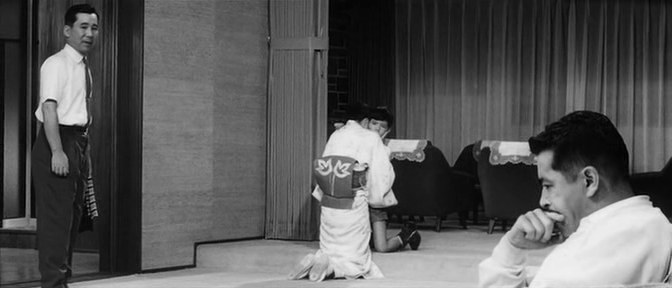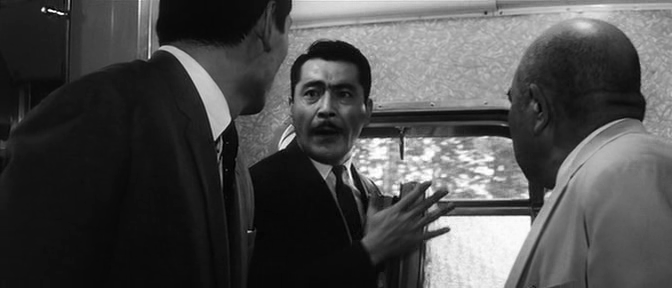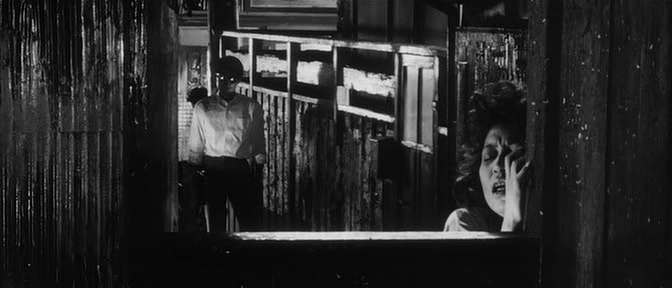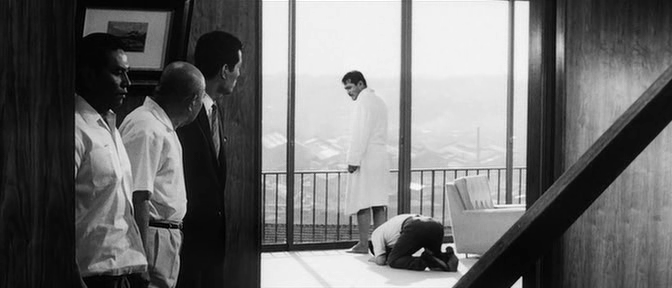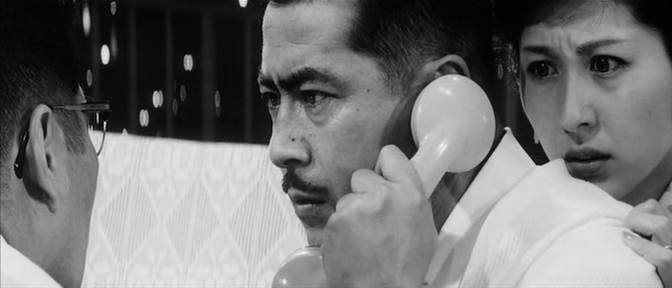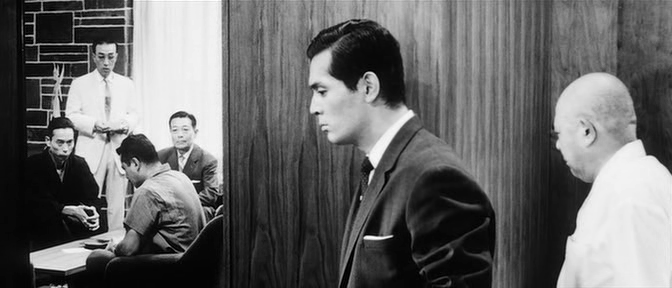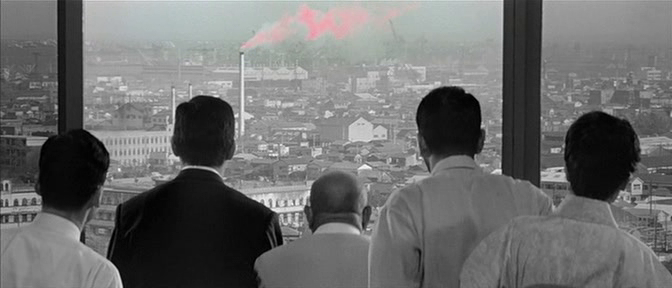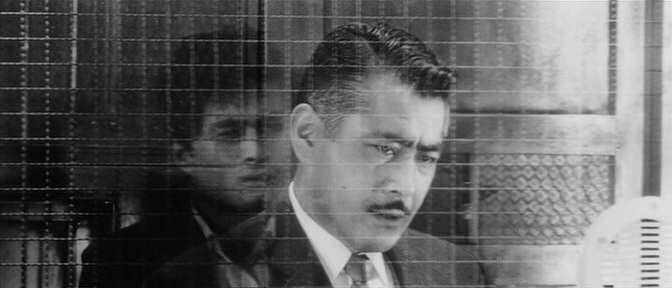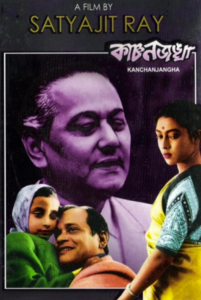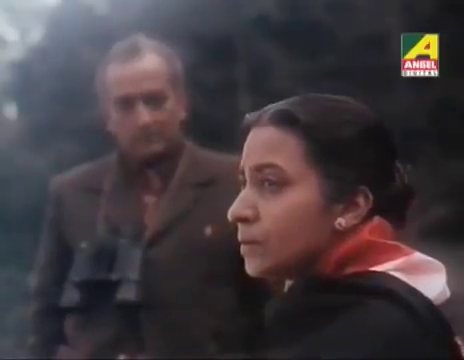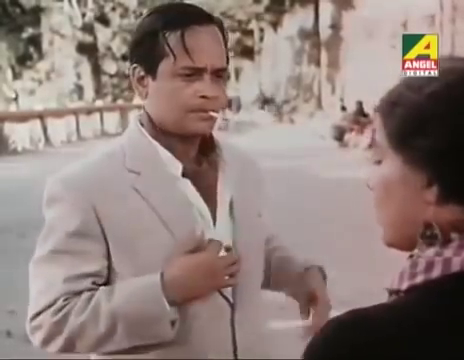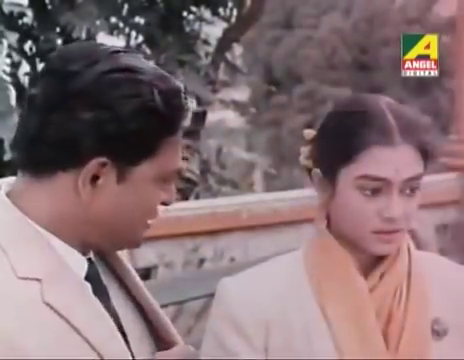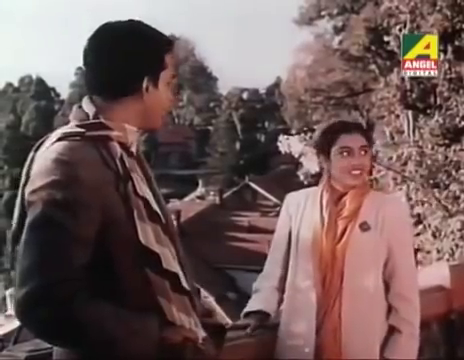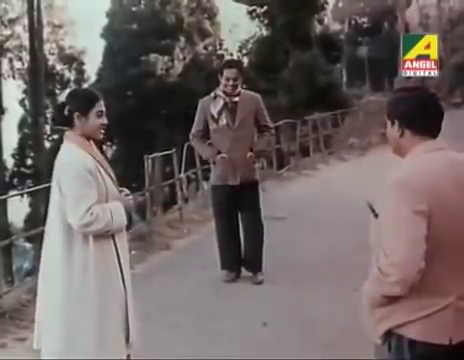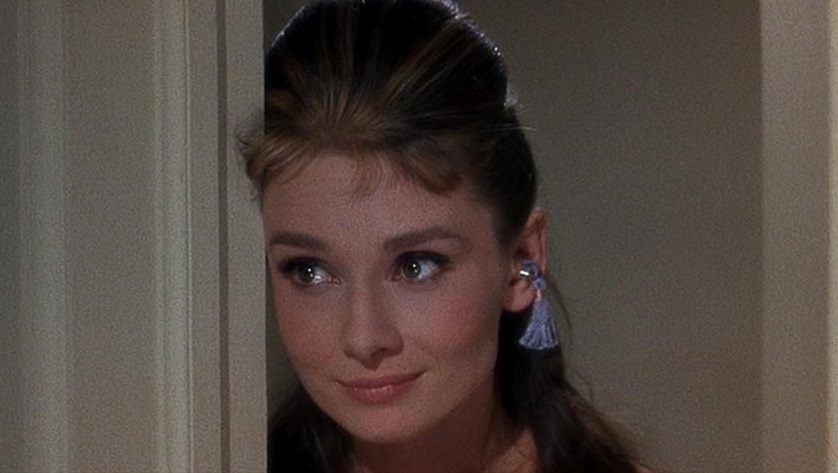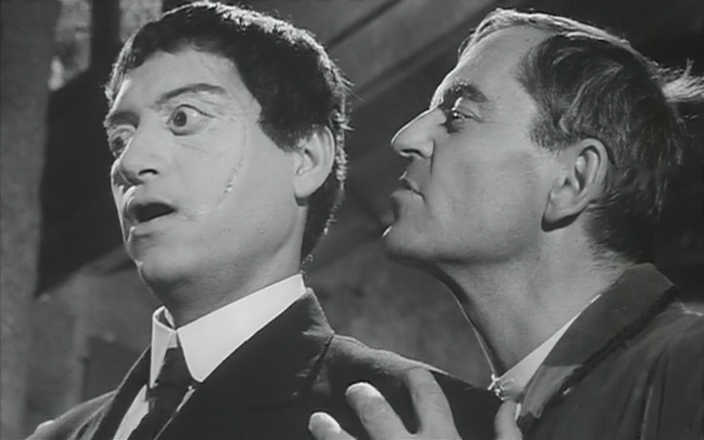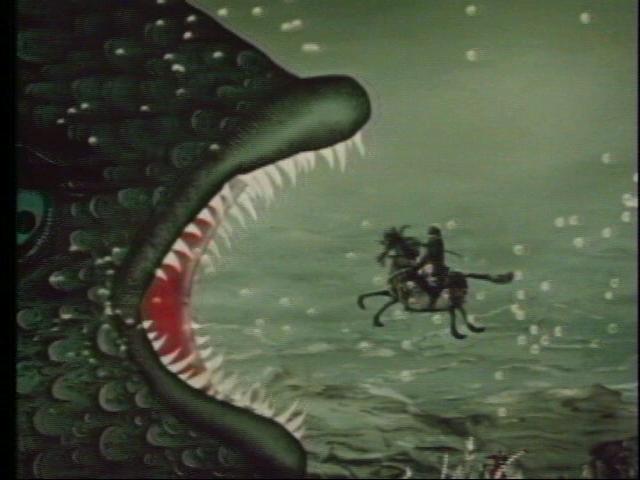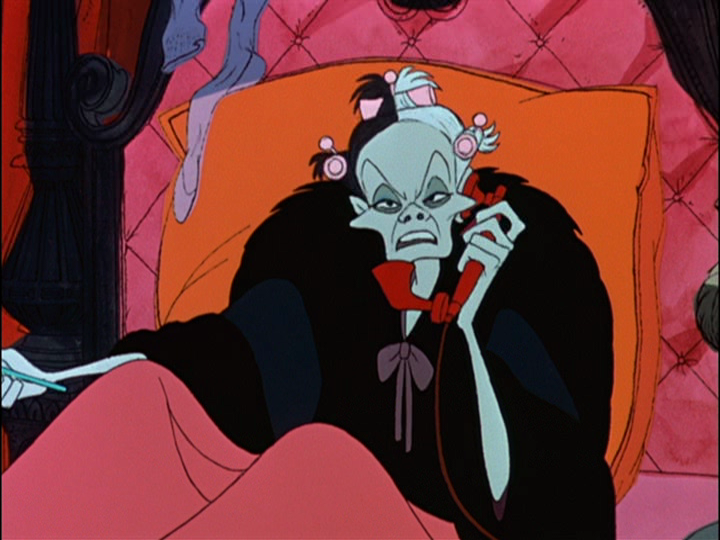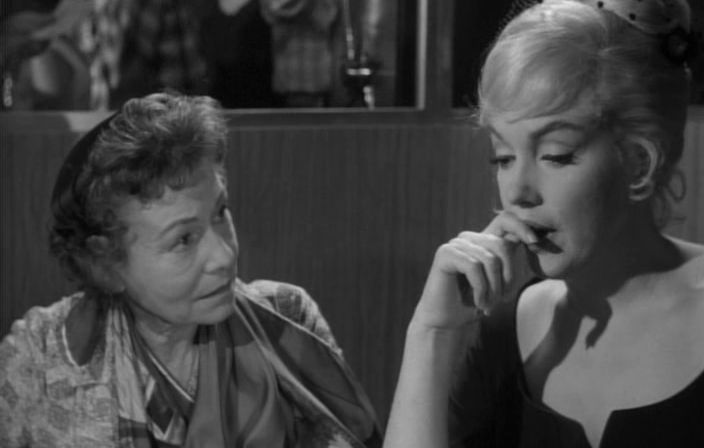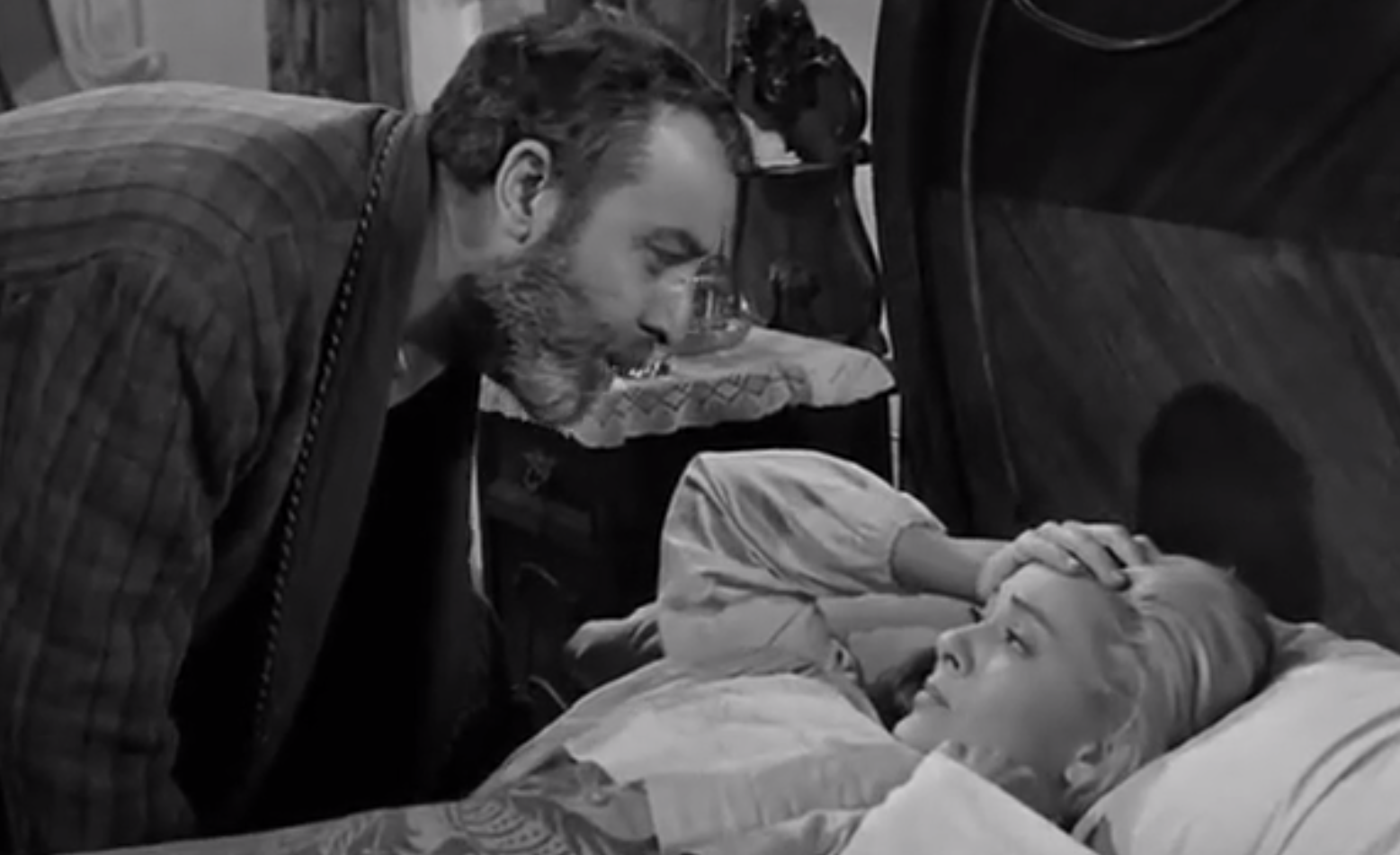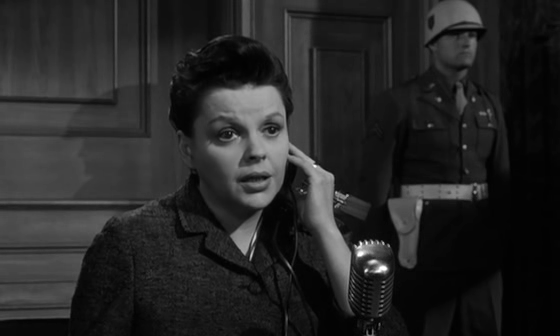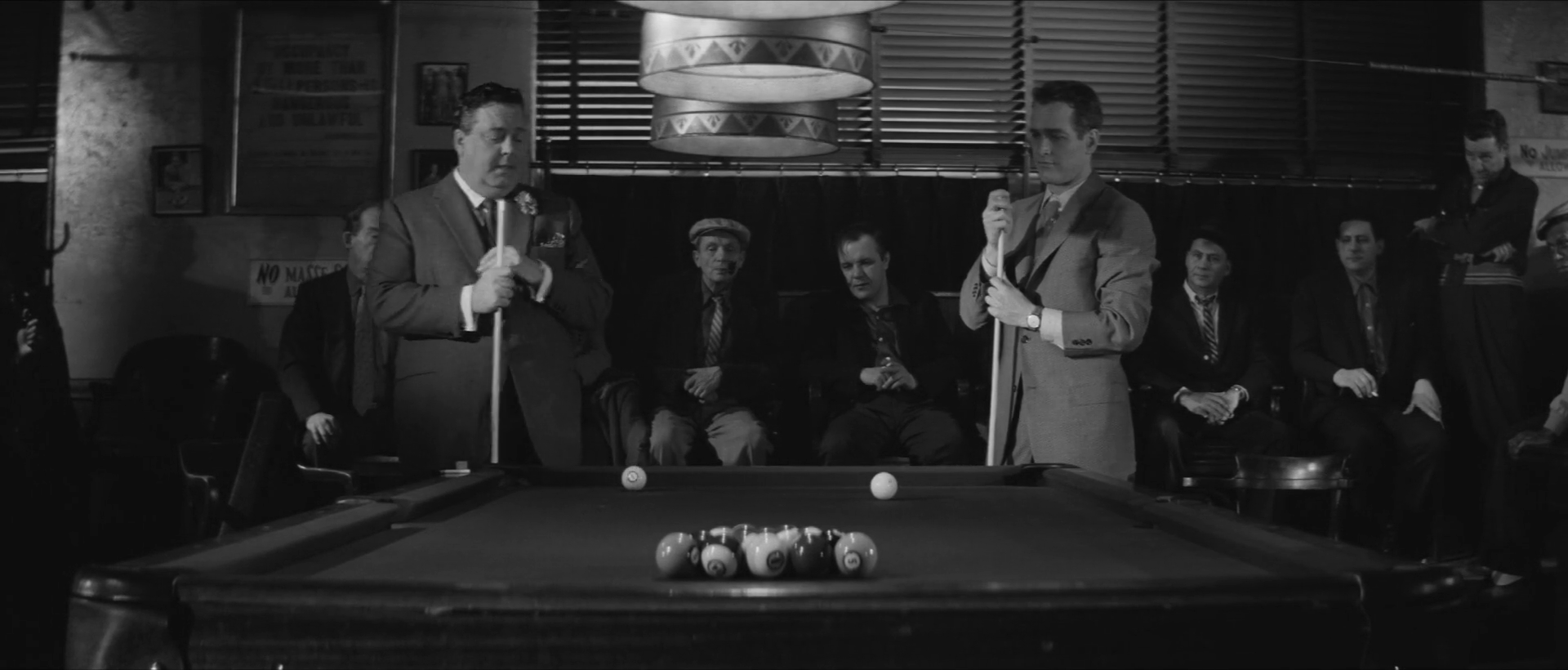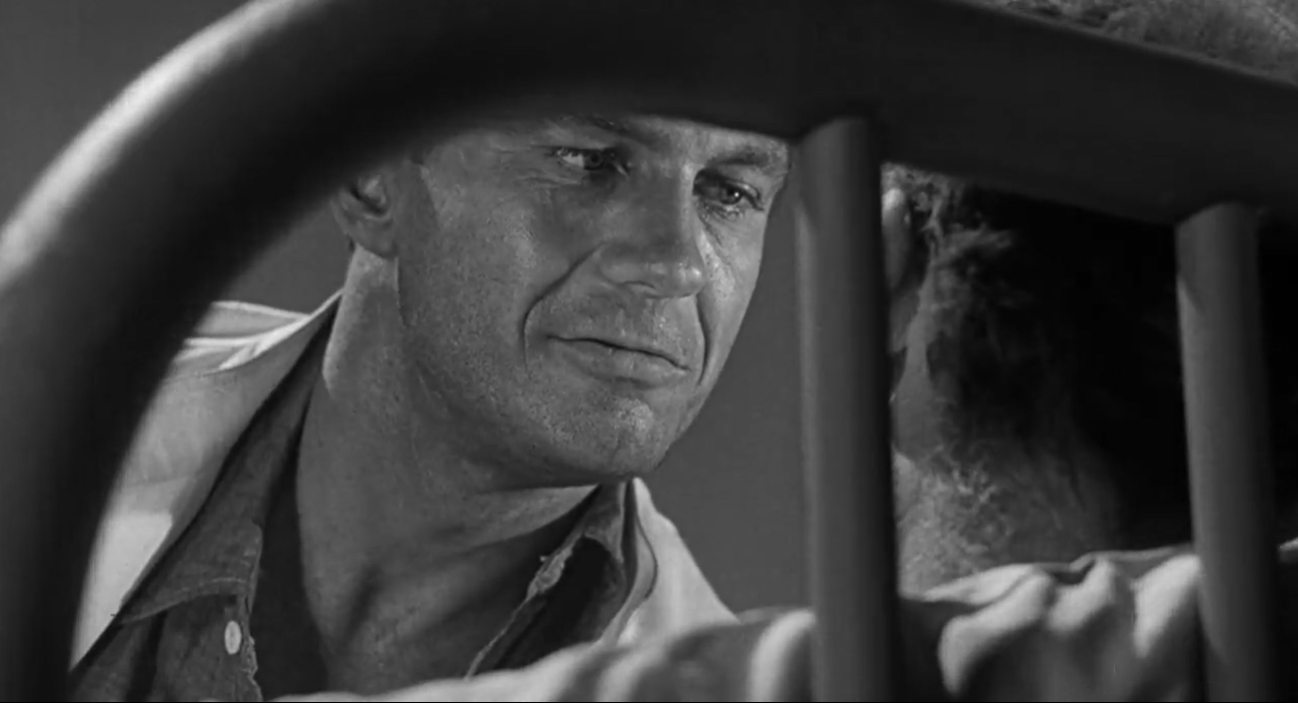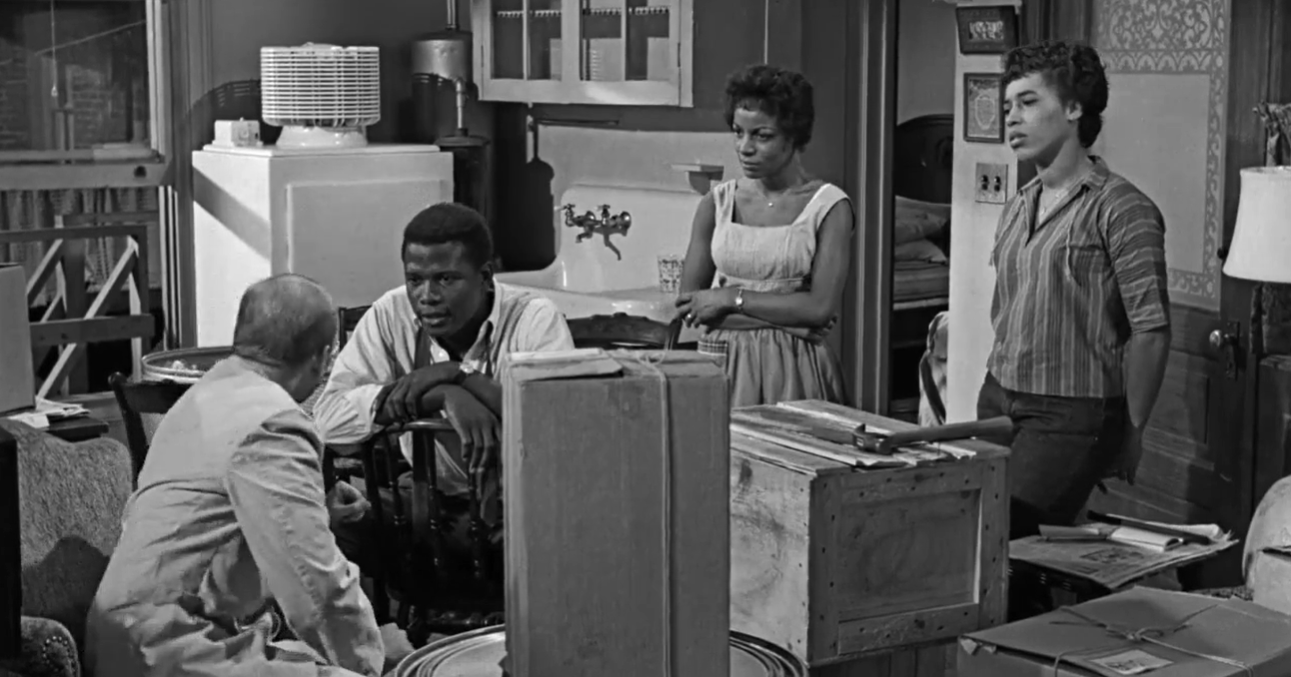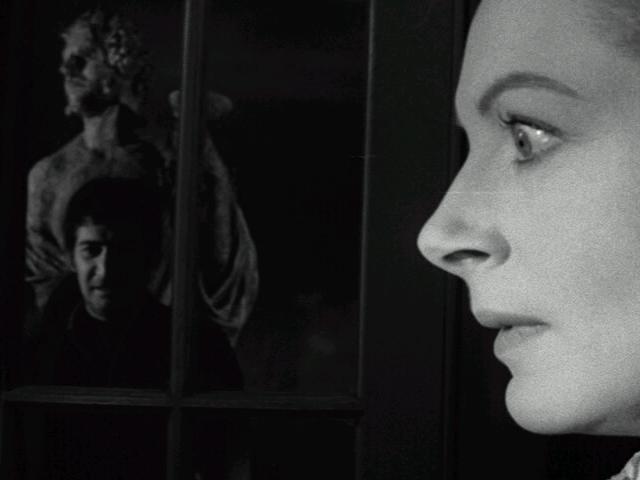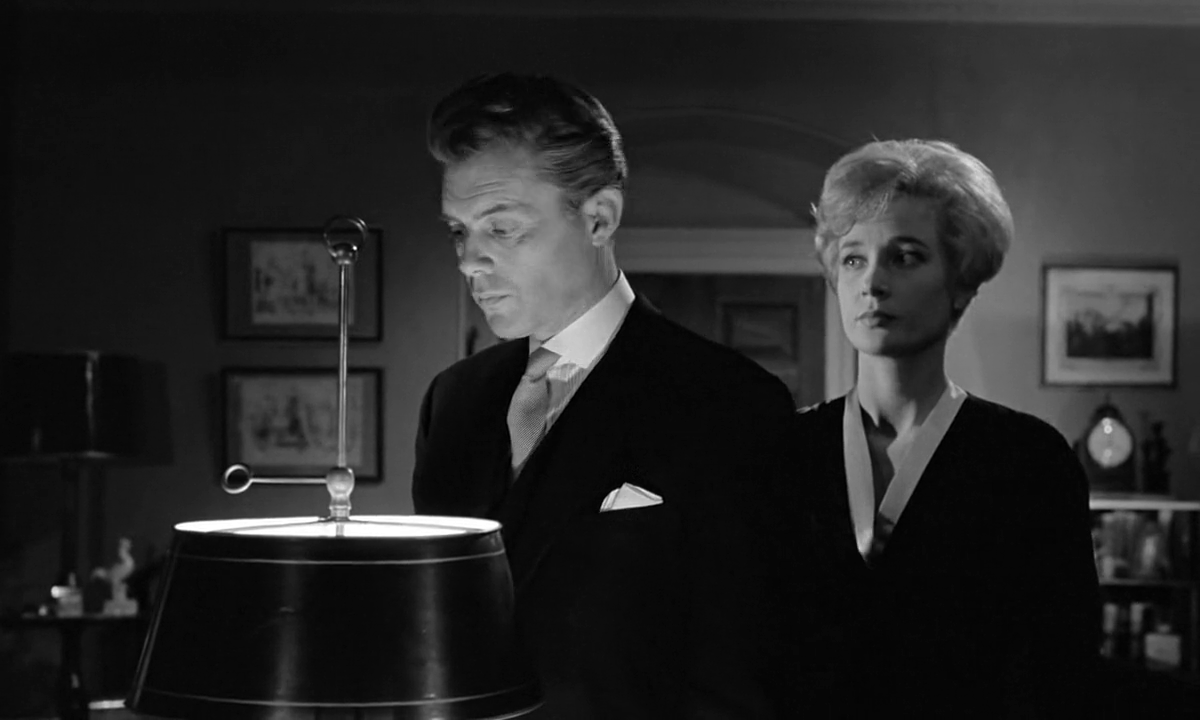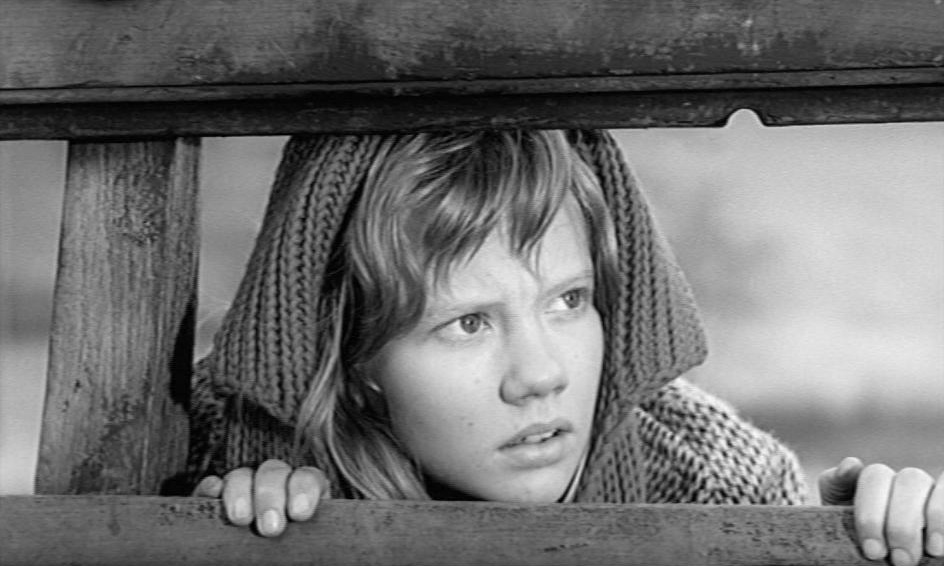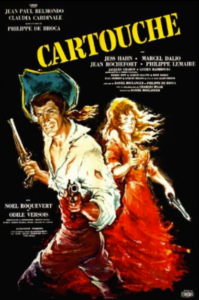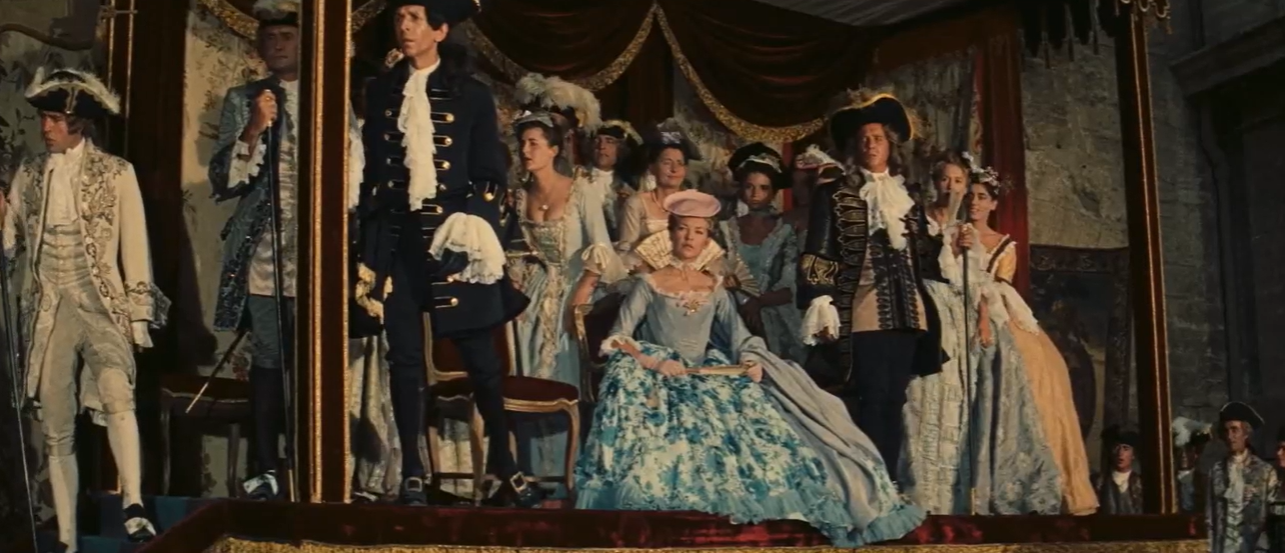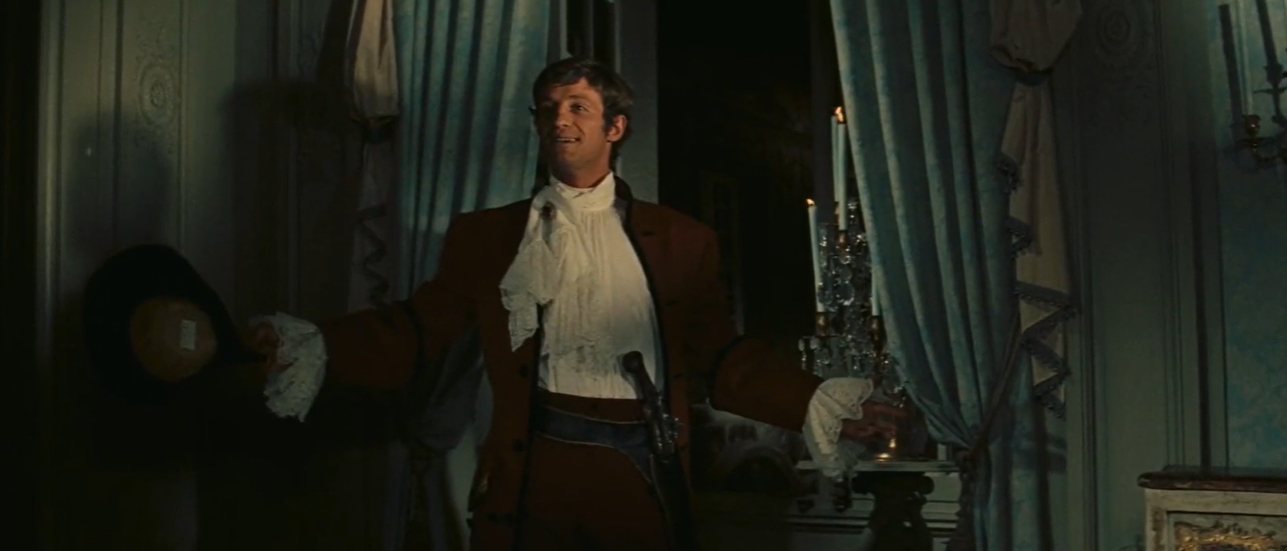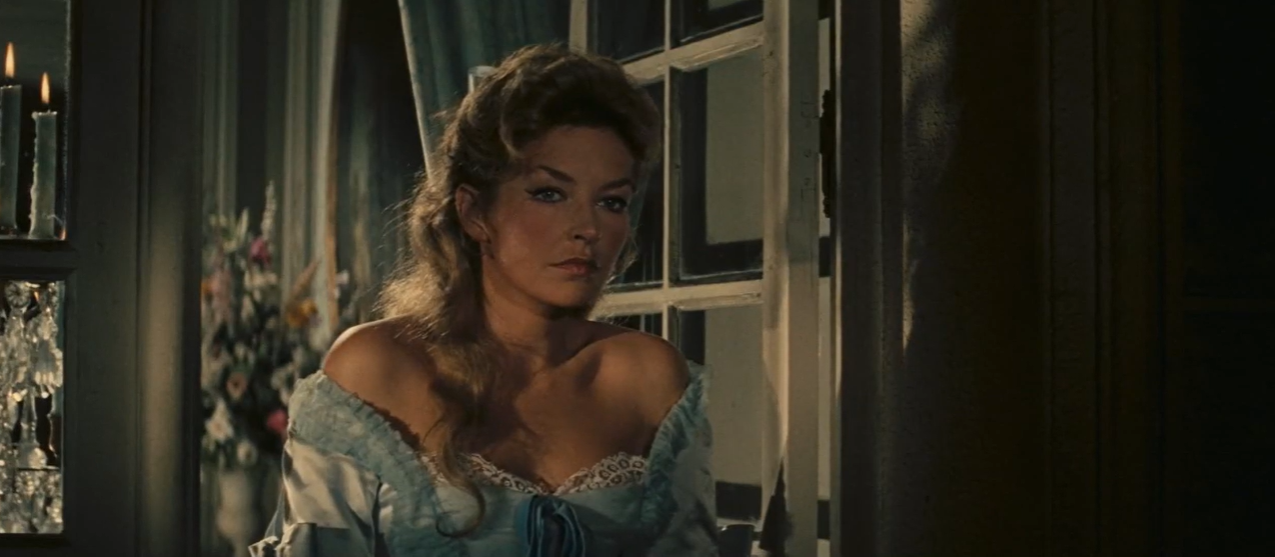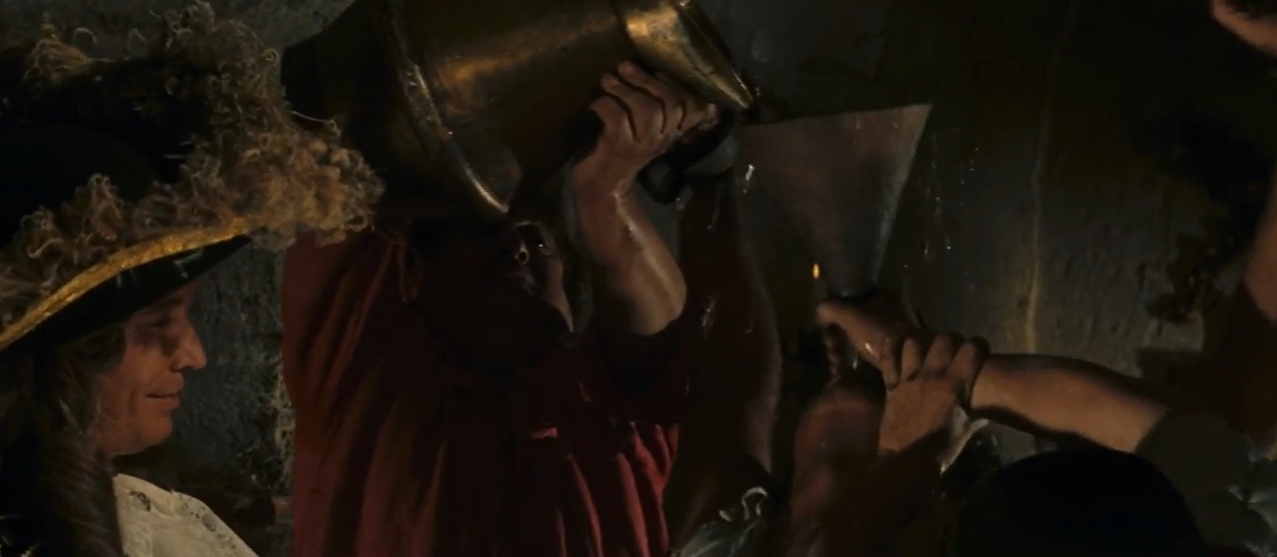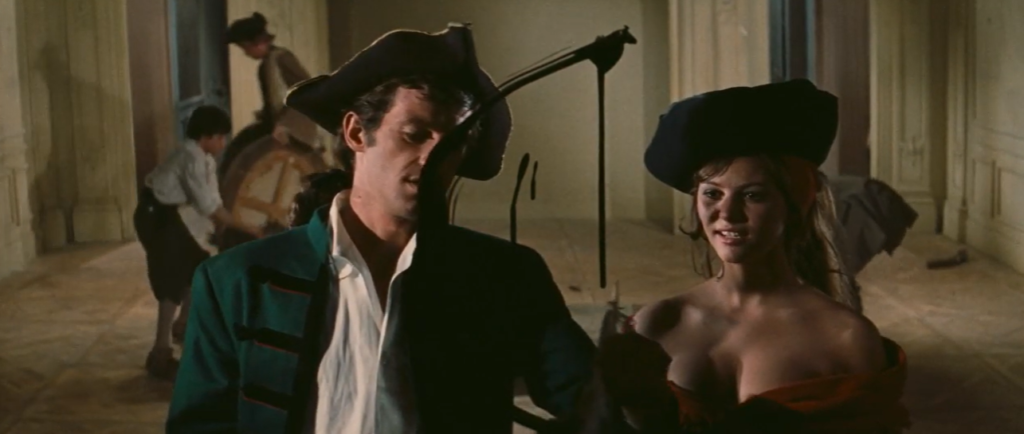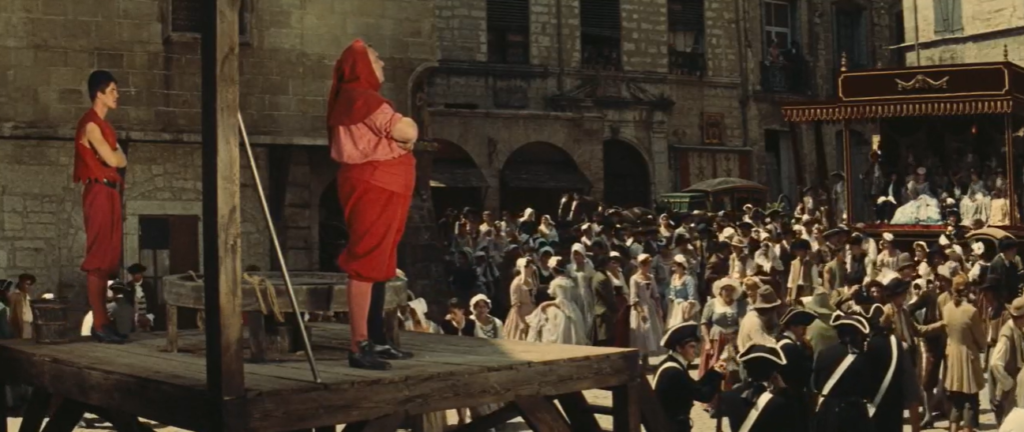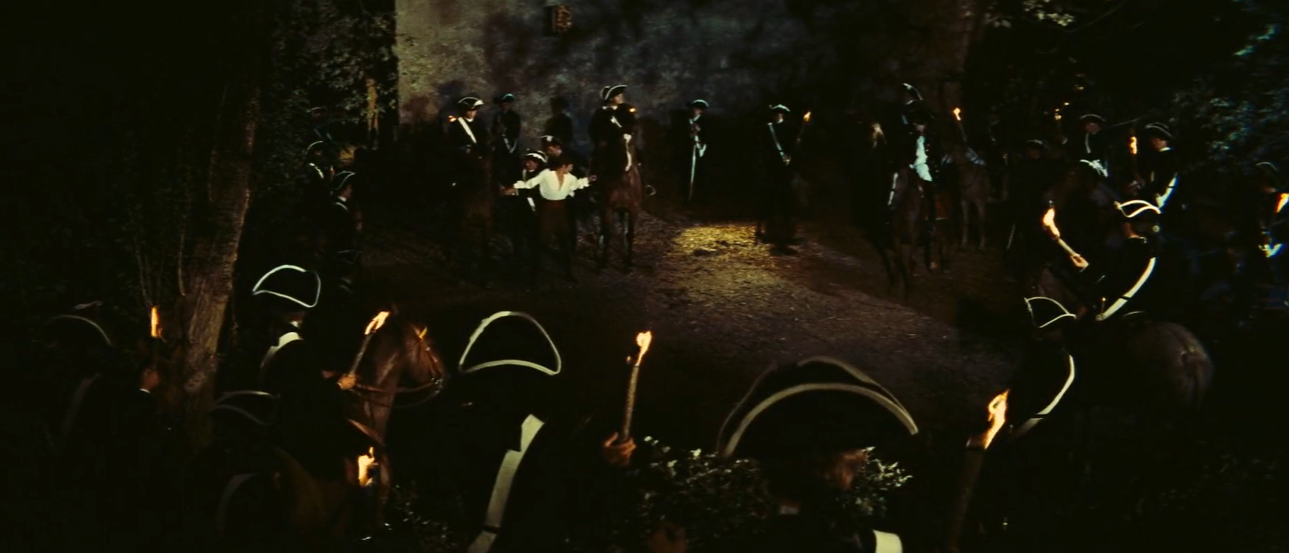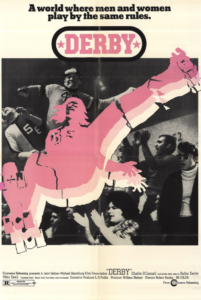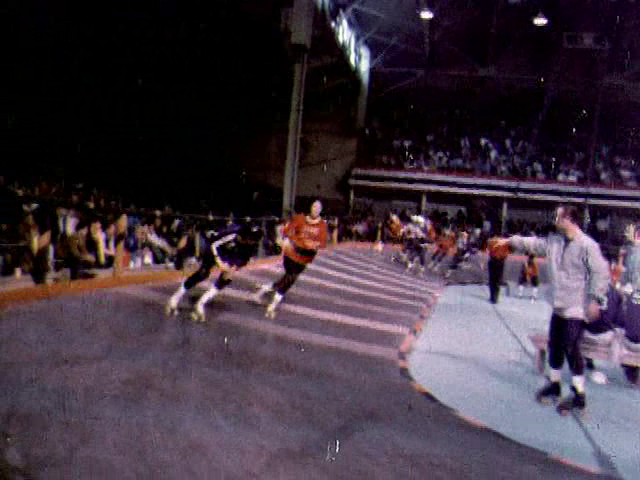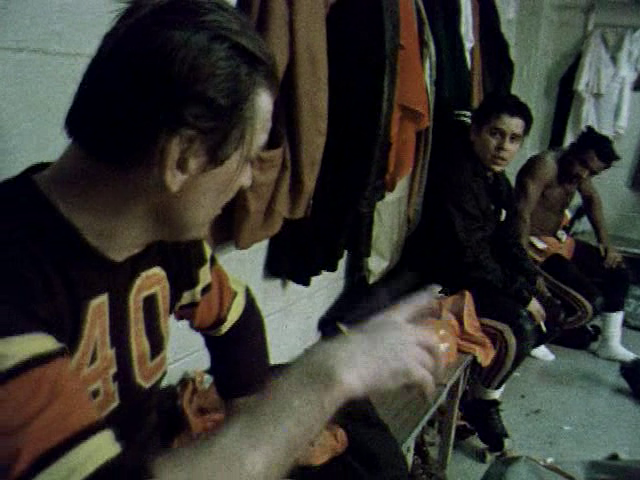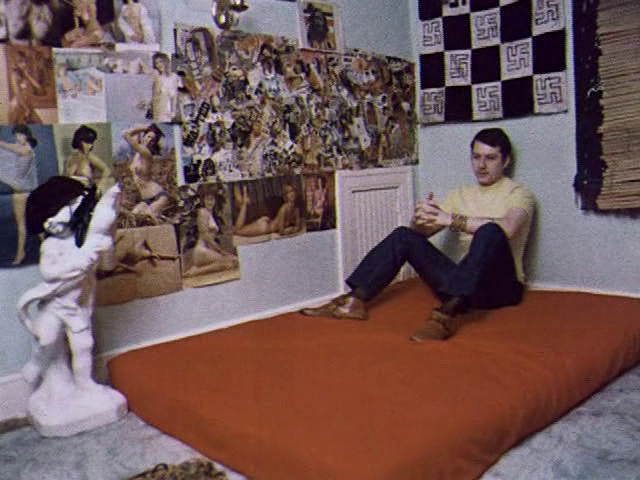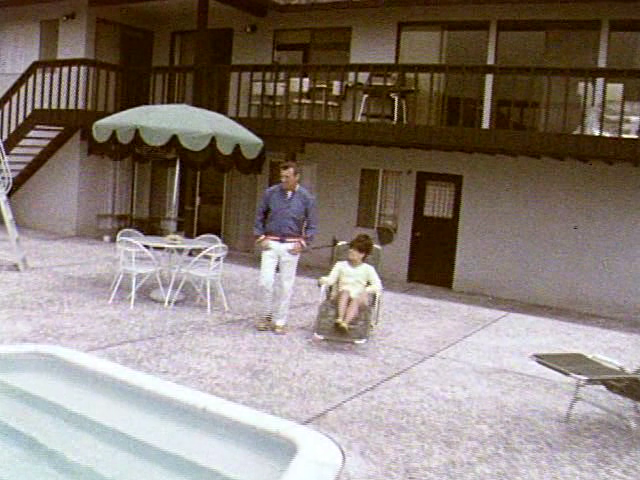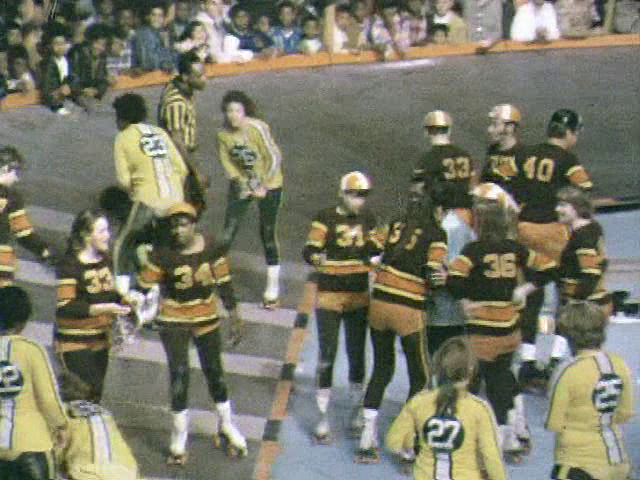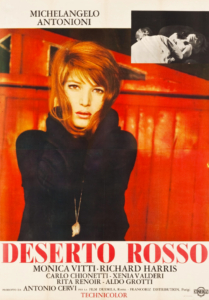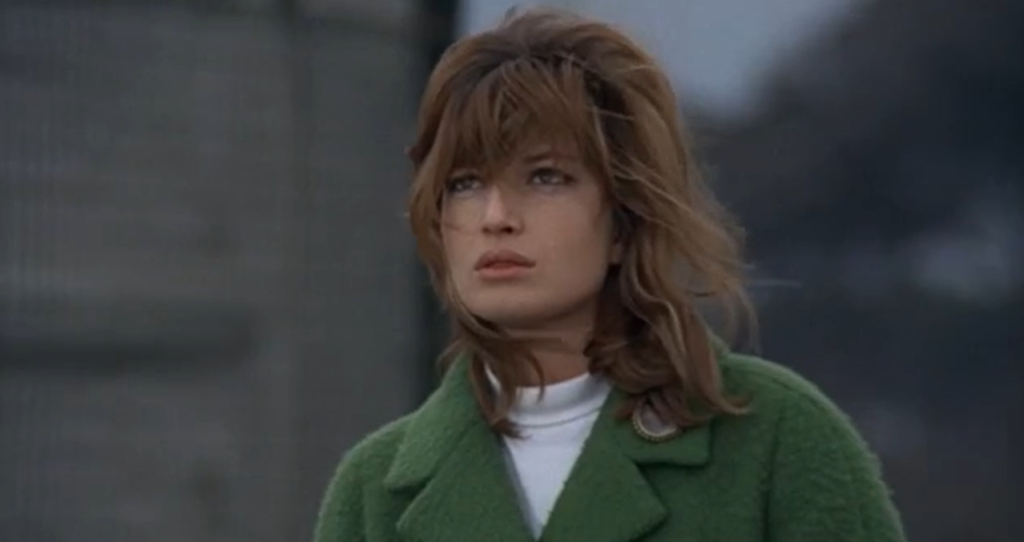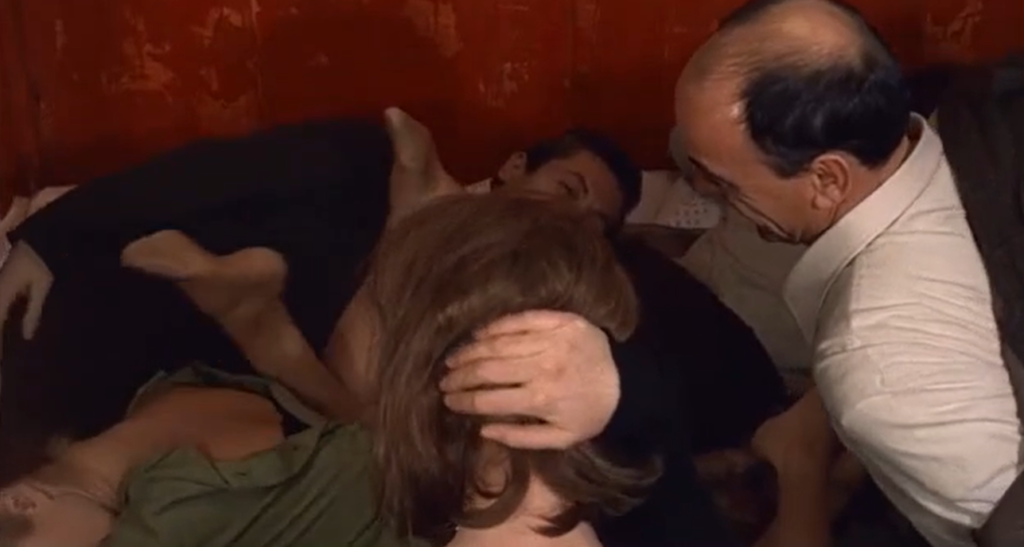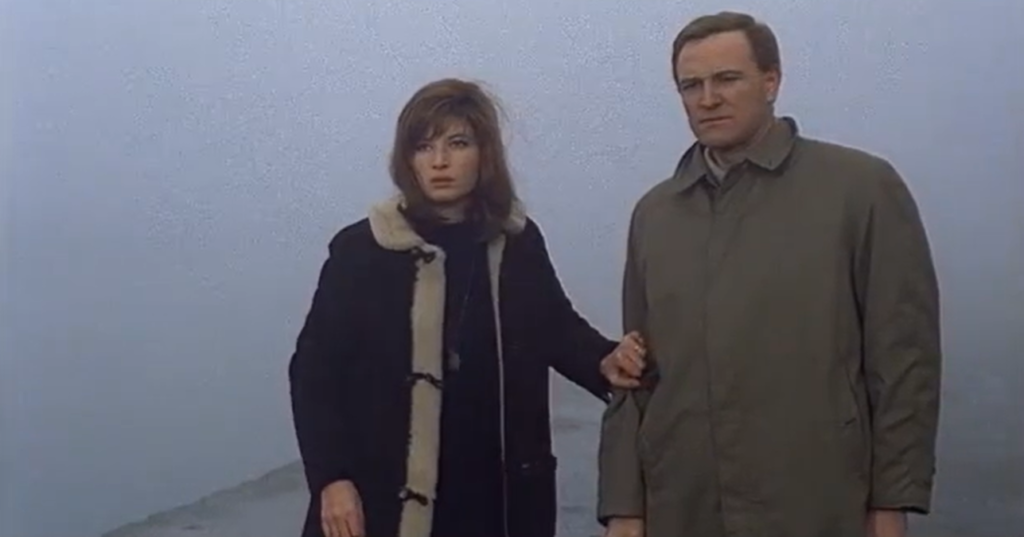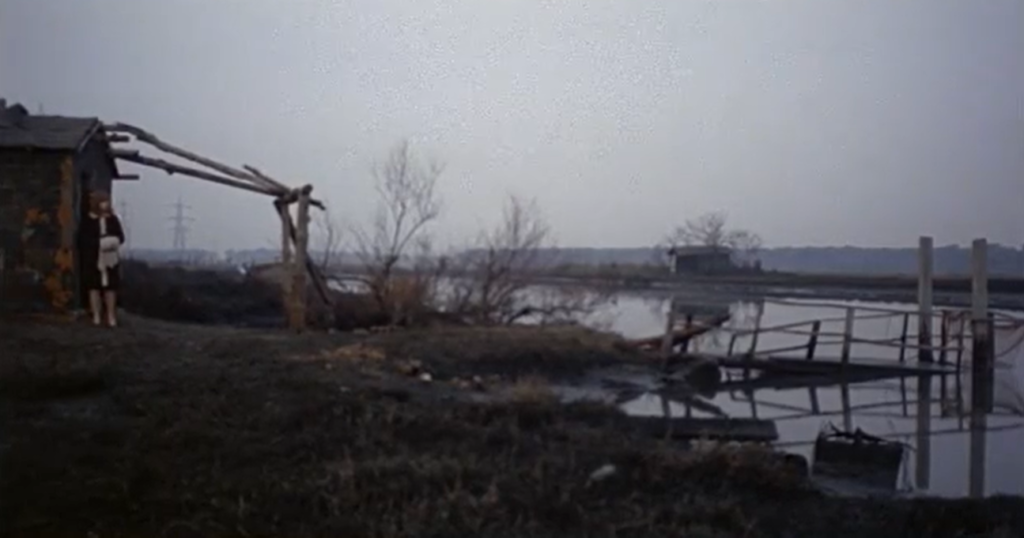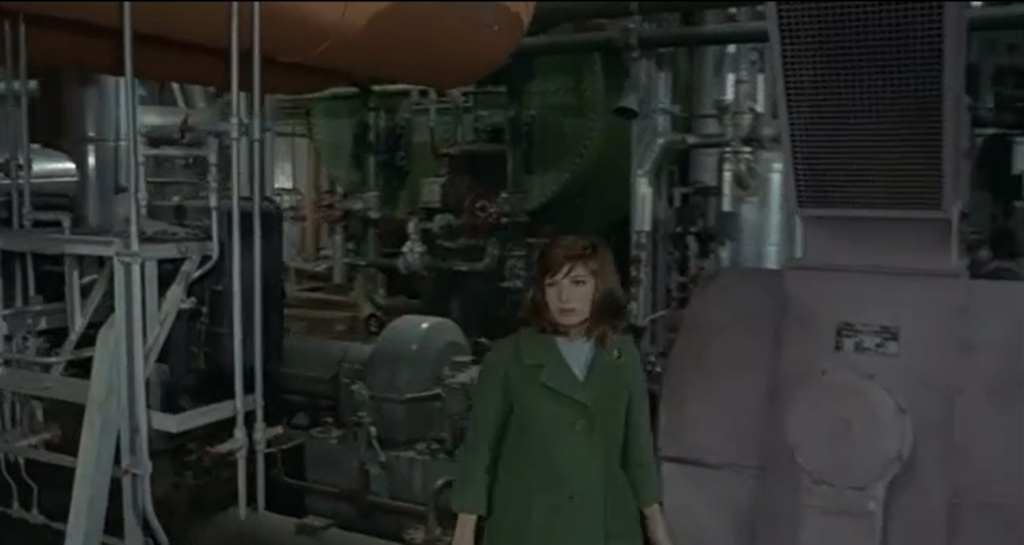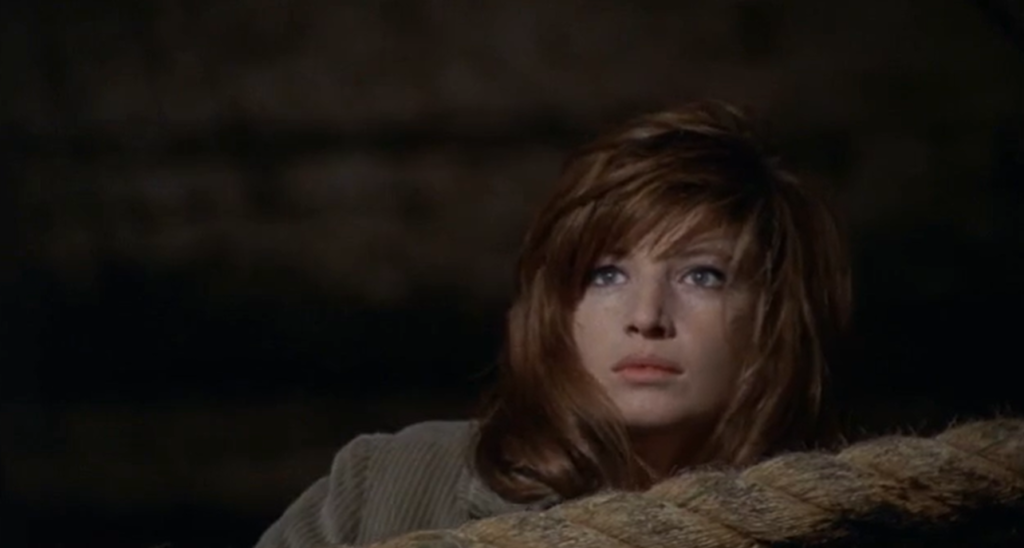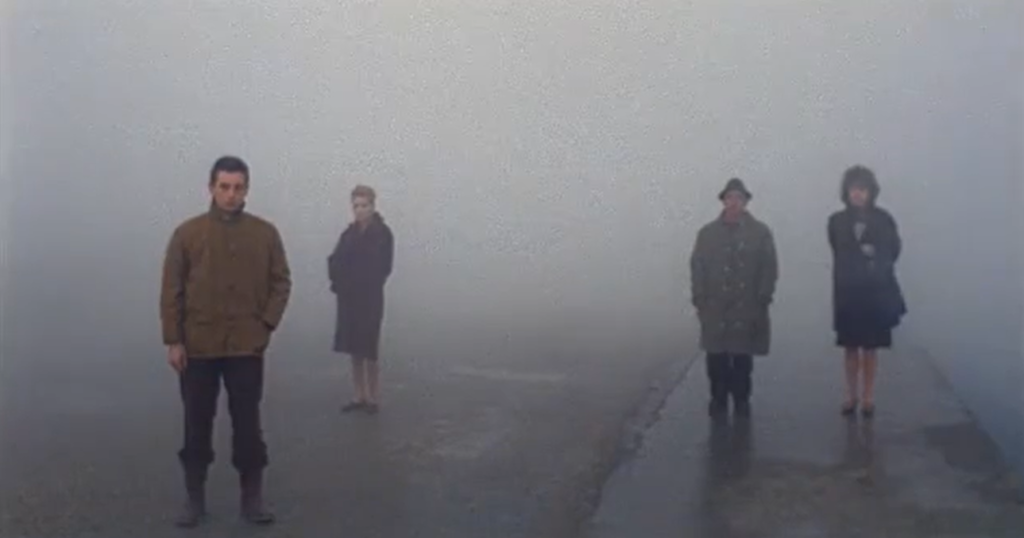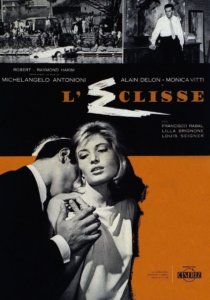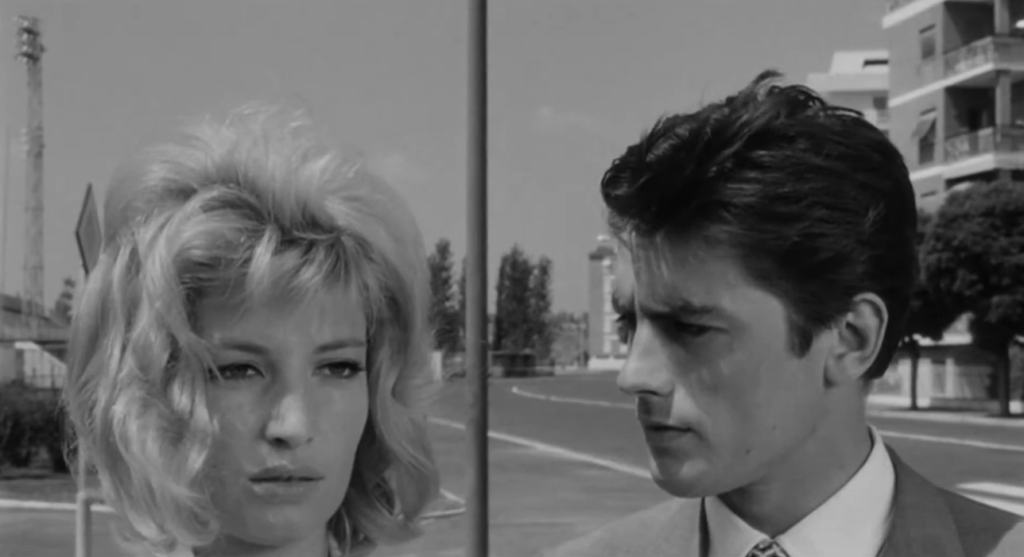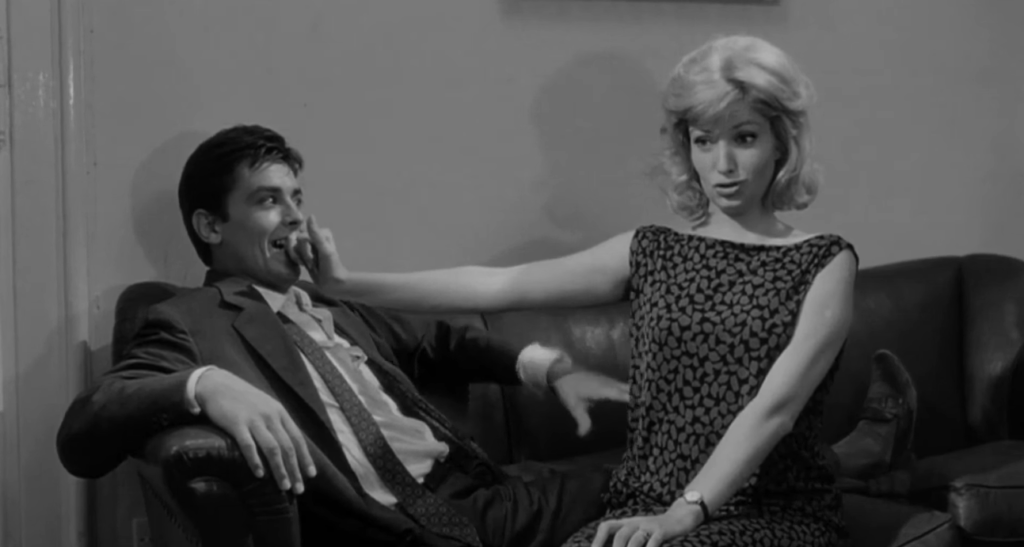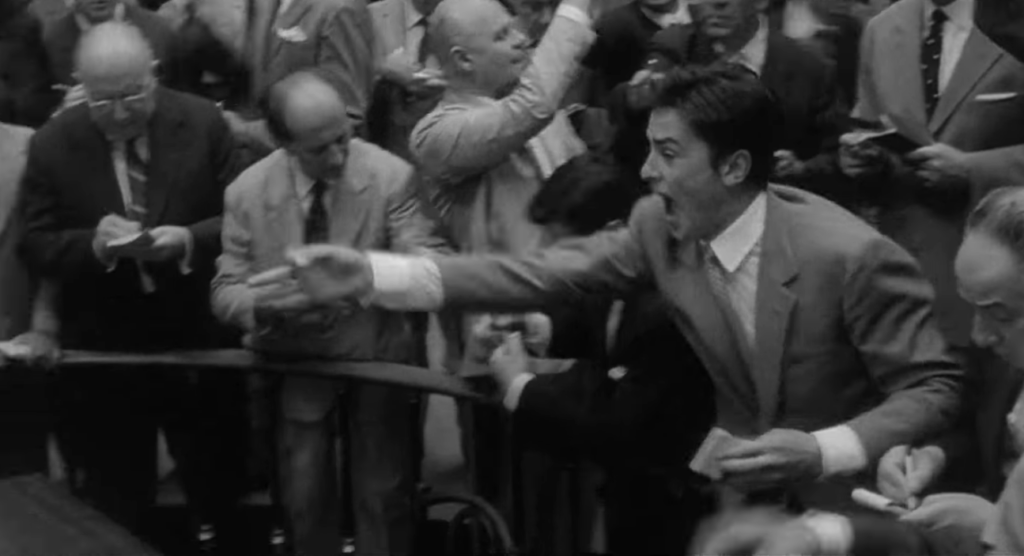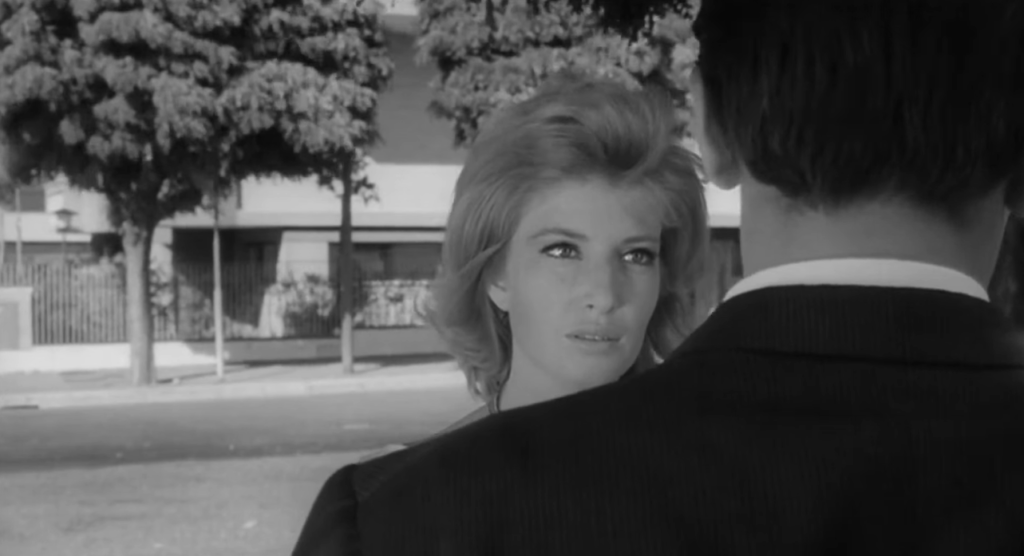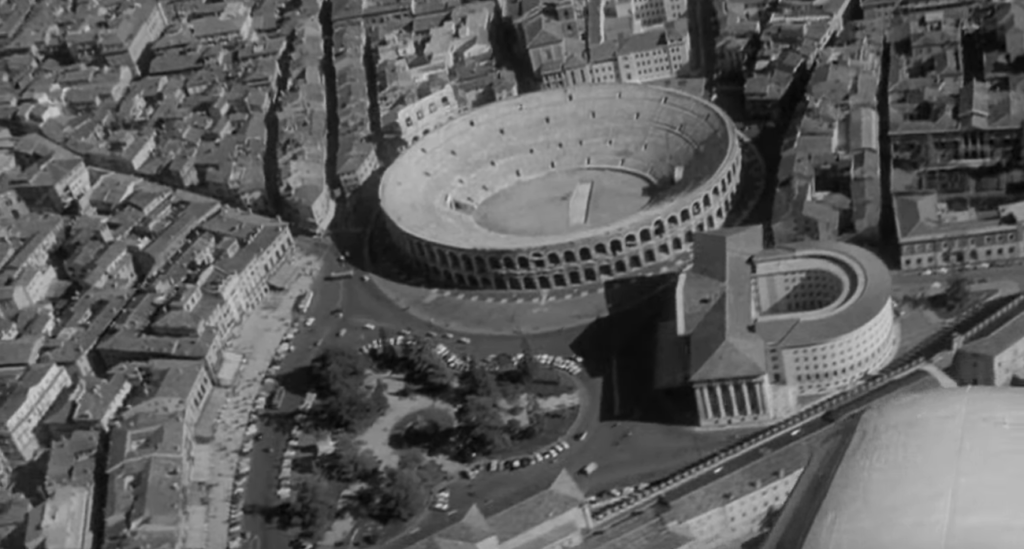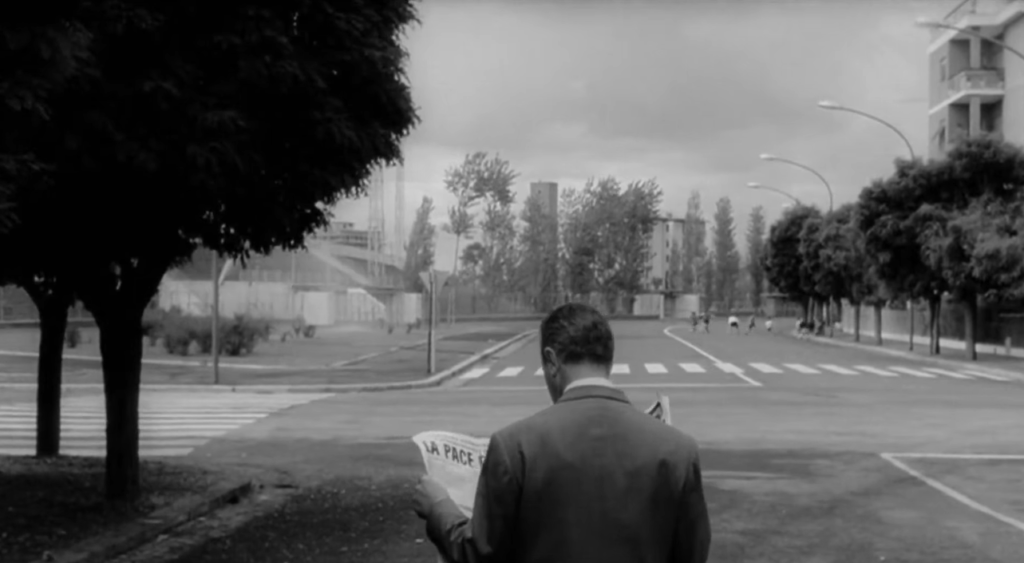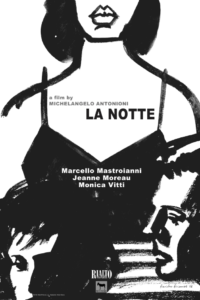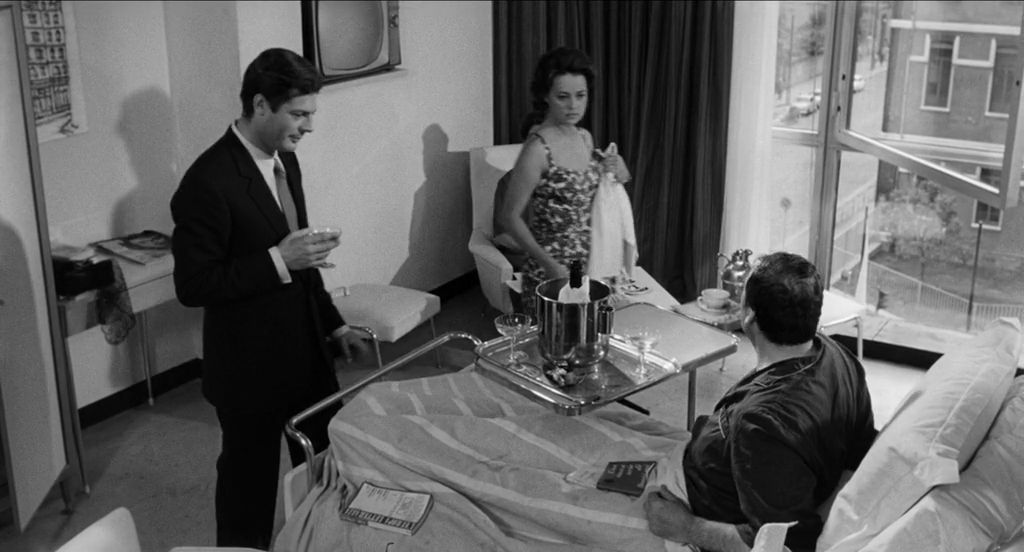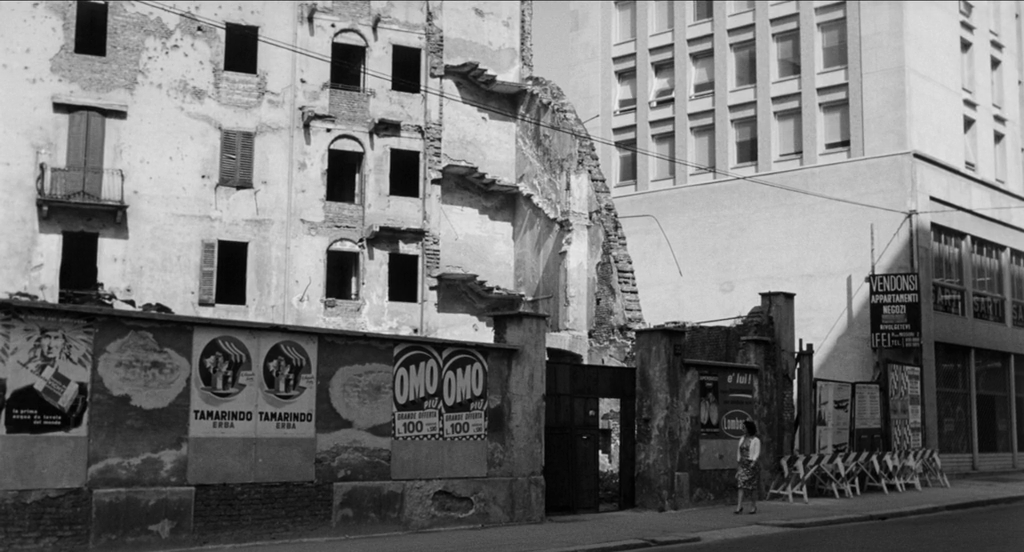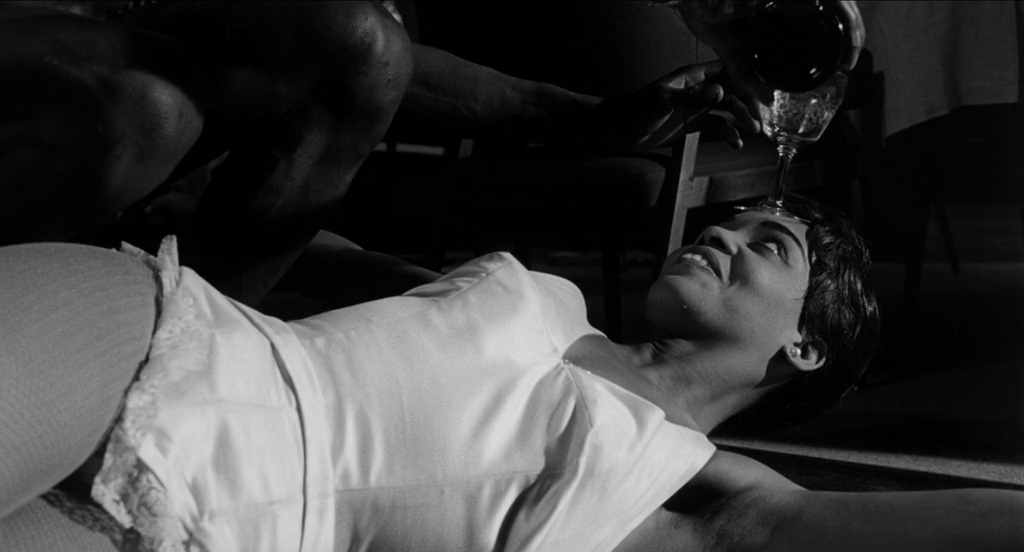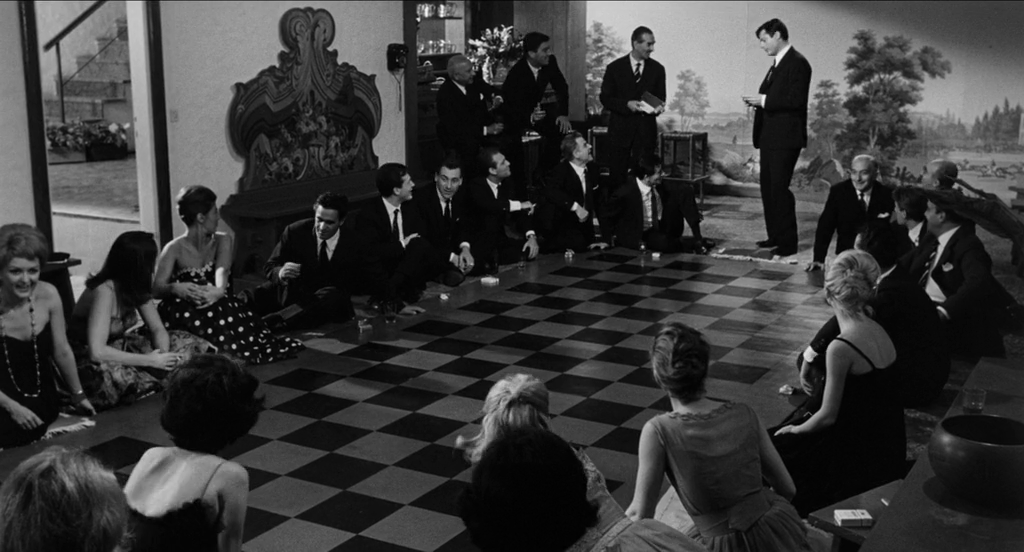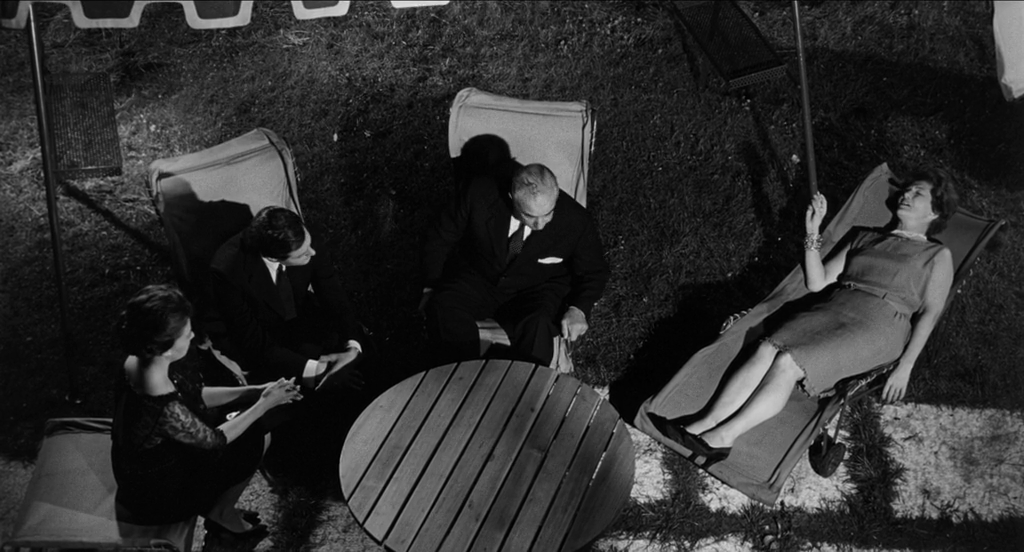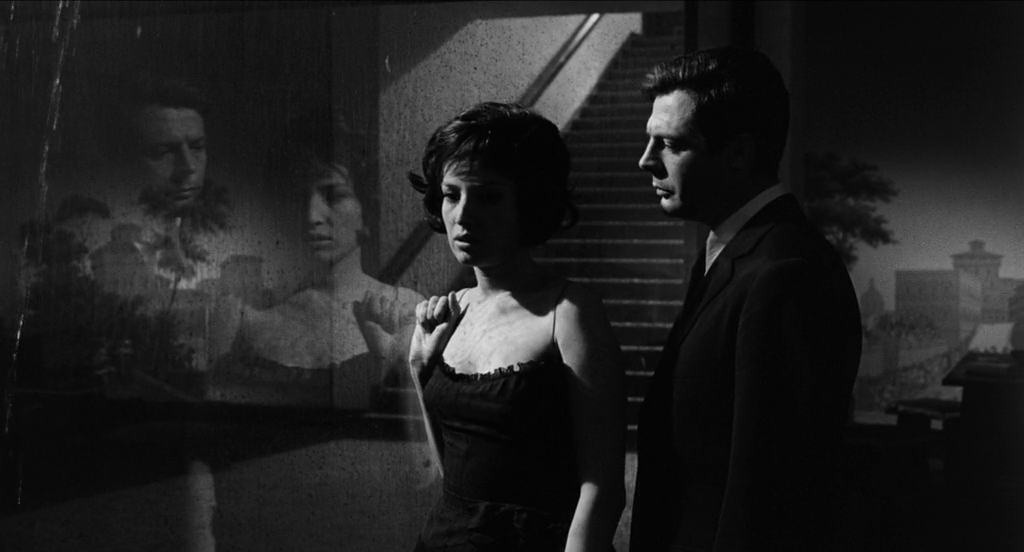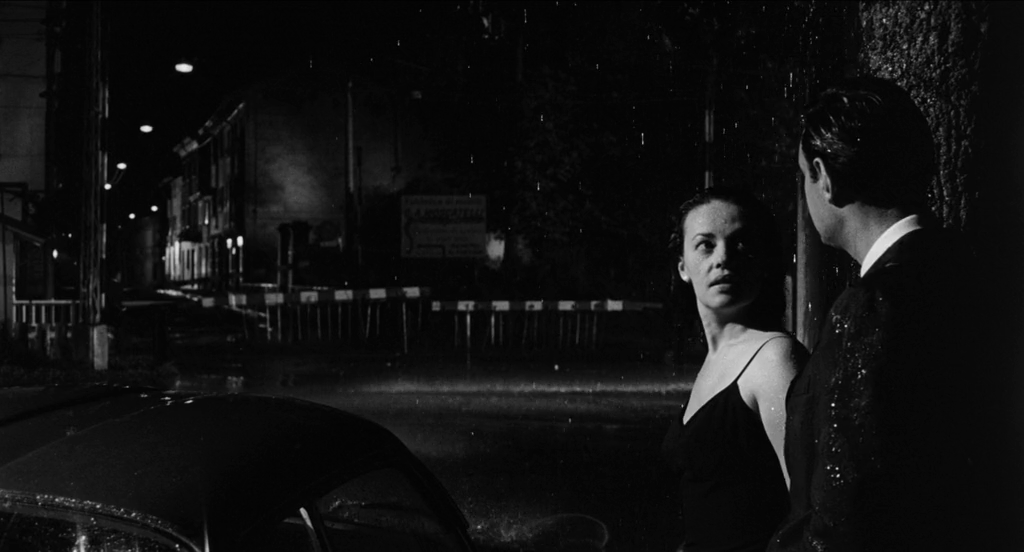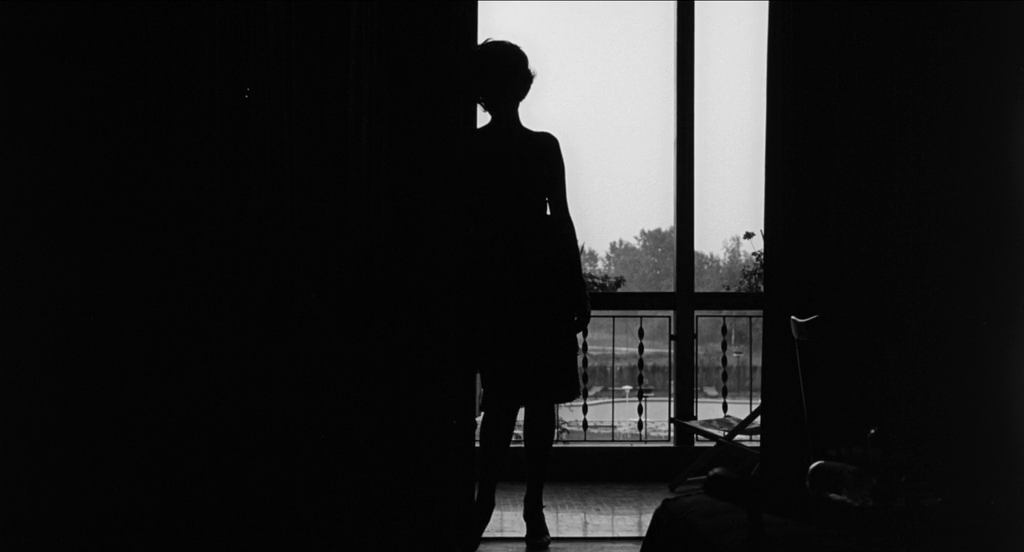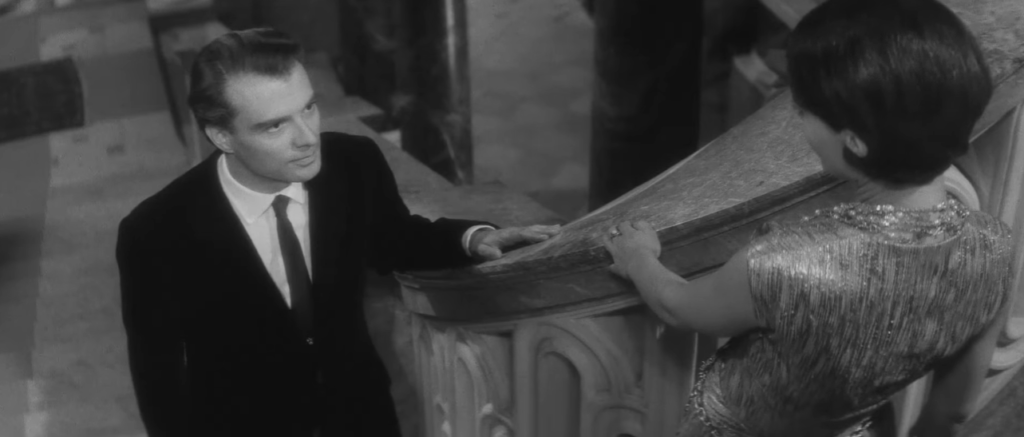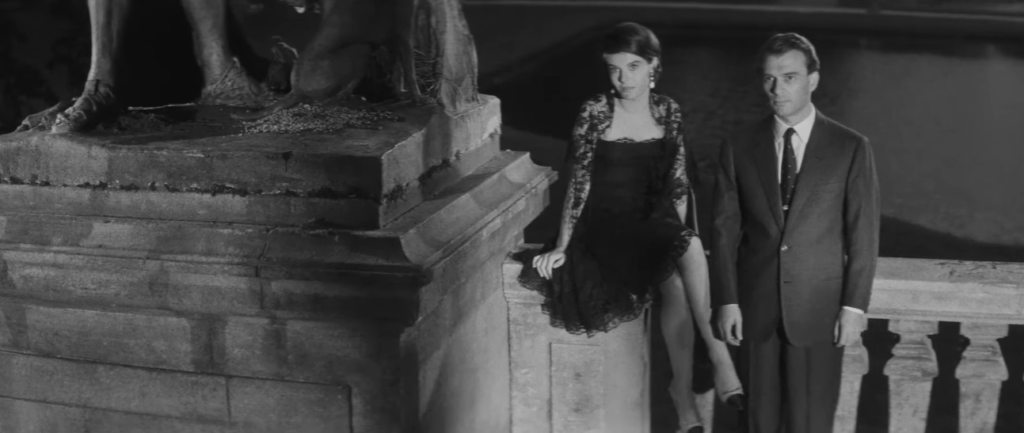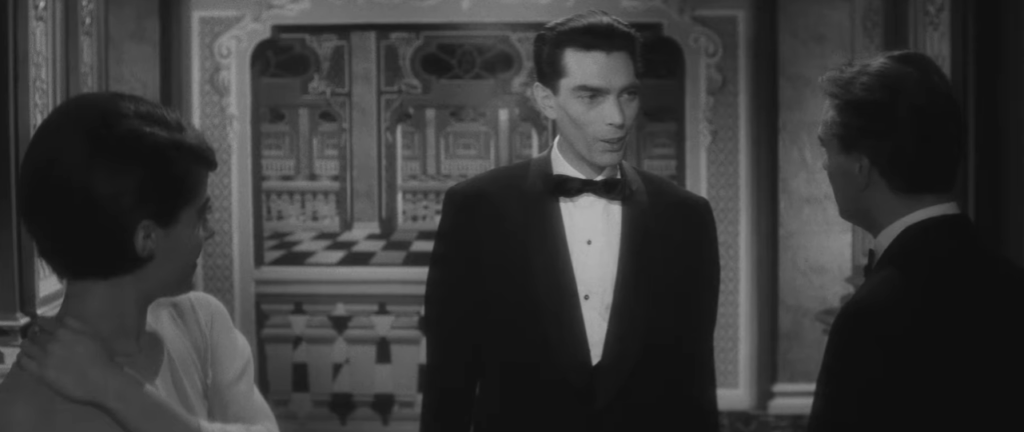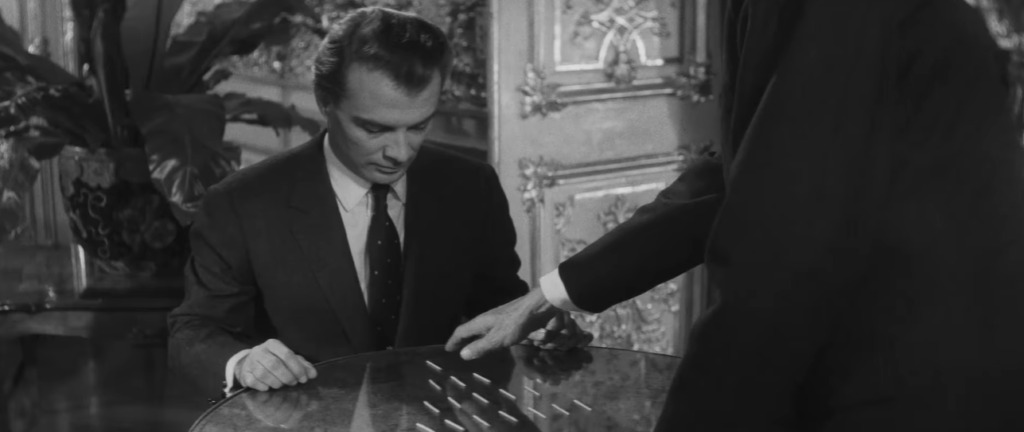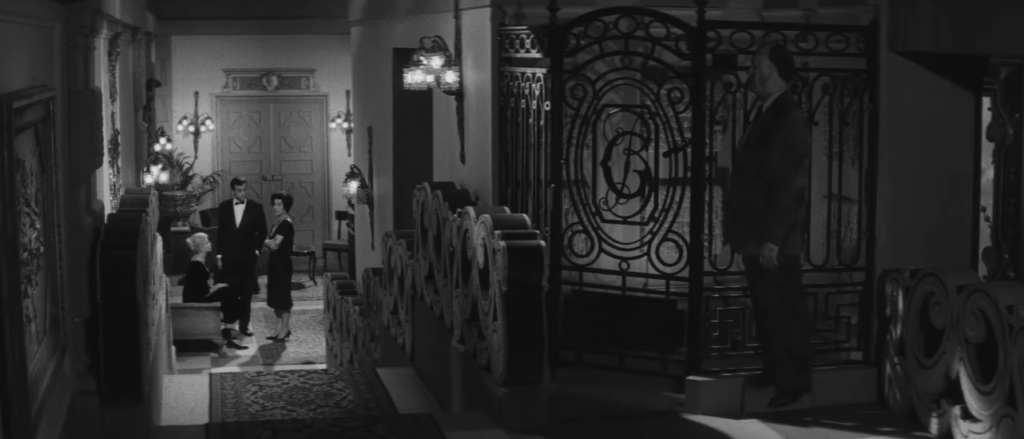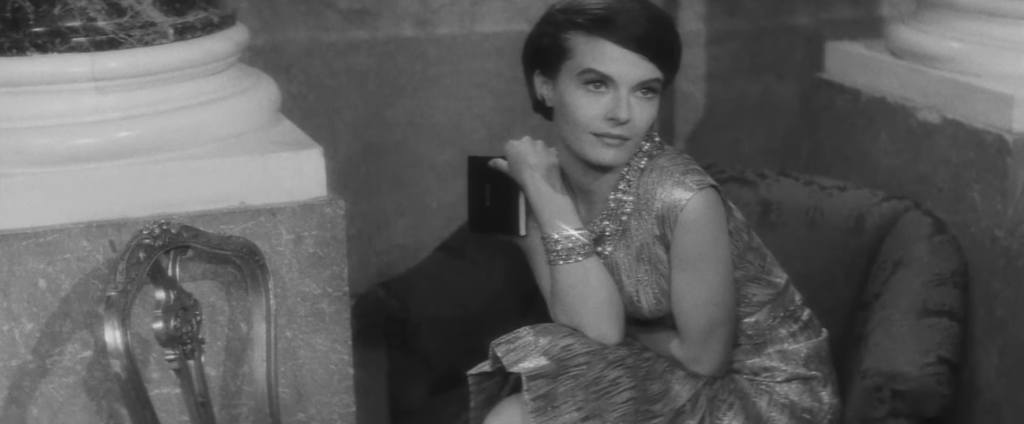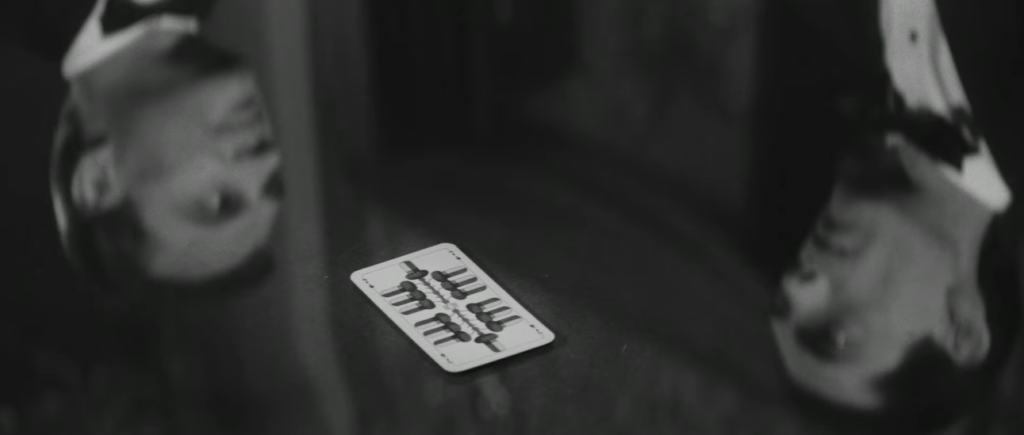Film Fanatic End of 2023 Greetings
Hello, fellow Film Fanatics!
I hope 2023 has been good to you. I’m continually grateful that films offer at least some solace and affirmation despite everything else going on in the world.
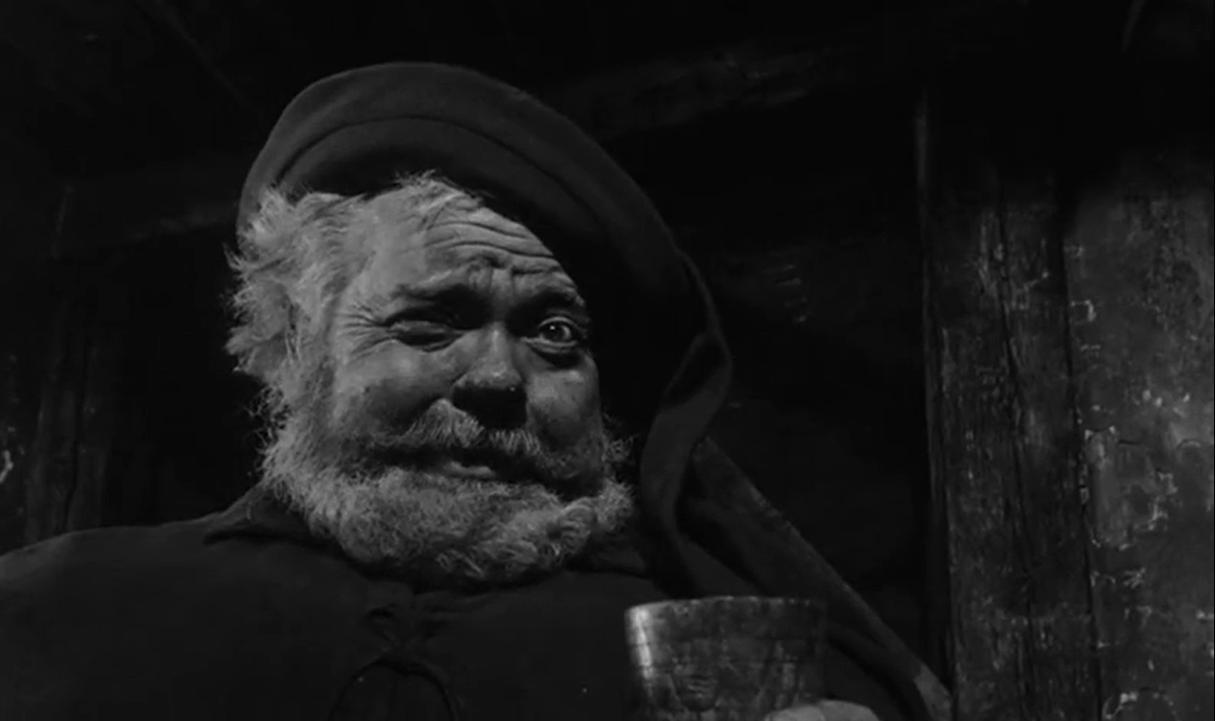
Let’s get to numbers right away. So far, I’ve watched and reviewed fewer movies overall this year — just 147, as opposed to 287 last year — but I’m still making excellent progress towards completion of this venture, with only 670 more titles left in the book (out of 4300). I wonder if I may actually be done with this project in ~3-4 years?!
As I mentioned in my 2022 year-end recap, I’m not at all upset with this — it means I’ll have time to rewatch favorites, catch up with noteworthy titles NOT listed in Peary’s book, and finally start diving into more modern recent classics (I’m curious how many will make the cut as must-see.).
Here are just a few other reflections from my past year in (re)viewing:
- I plowed my way through quite a few more Godard films this year, and only have six of his later-career titles (from the 1970s and 1980s) left. Other than Weekend (1967) — which remains historically relevant, but not at all fun to watch — the only one I’ve voted as must-see from this year’s viewing binge is Alphaville: A Strange Adventure of Lemmy Caution (1965), which I refer to in my review as an “unexpectedly provocative, typically low-budget Godard film” in which “there are enough interesting ideas explored … in visually creative ways that it’s easy to stay engaged.”
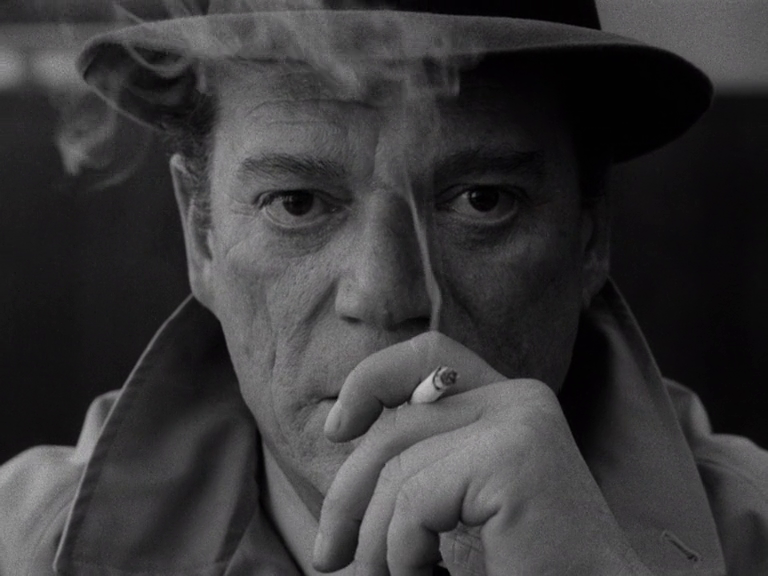
(While I’m not personally a Godard fan, his innovation, consistency, and lifelong commitment to his beliefs were certainly to be commended — RIP, JLG: 12/03/30-09/13/22.) - The Great Escape (1963) has held up well as an epic WWII-era adventure classic. In my review, I point out that “the storyline — co-constructed by six writers — is almost unbearably tense at times, with no illusions that these men will escape unharmed.”
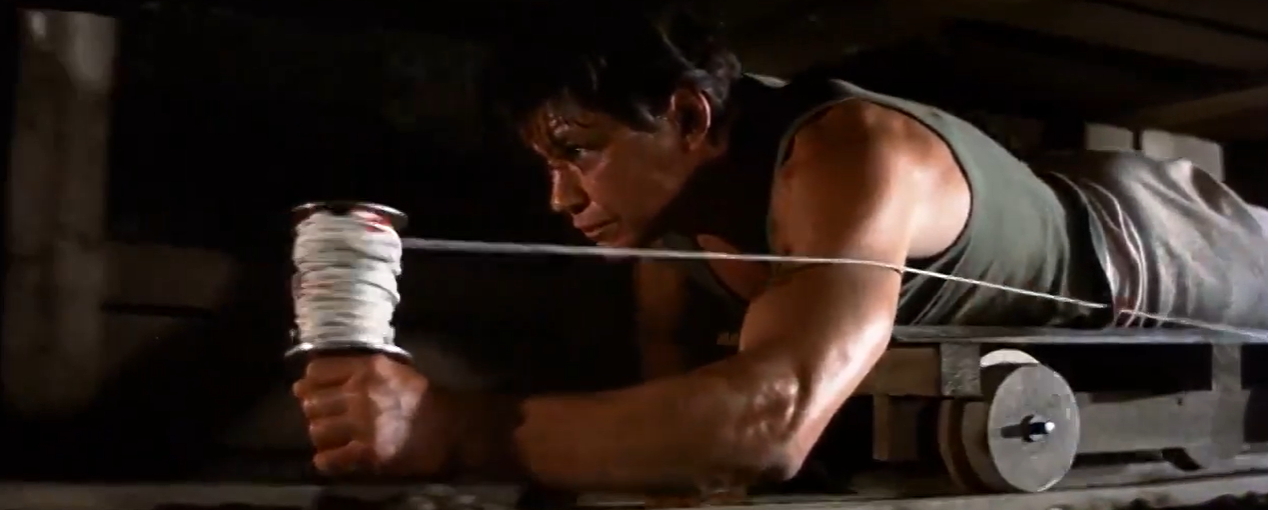
- Arthur Penn’s Little Big Man (1970) remains an unsung western classic, one which effectively incorporates Native perspectives with humor, insight, and compassion. Both Dustin Hoffman (in the lead role) and Richard Mulligan as mad General Custer turn in especially memorable performances.
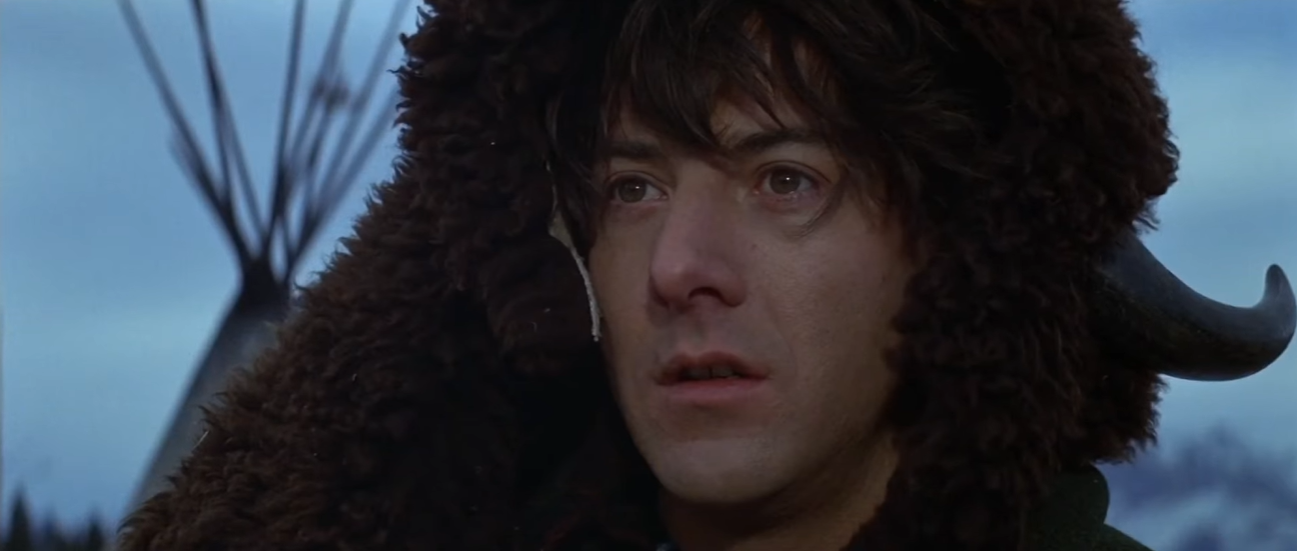
- A personal treat this year was finally watching Peter Watkins’ innovative biopic Edvard Munch (1974), about the troubled Norwegian painter (who happens to be a not-so-distant ancestor of mine). The visuals are beautiful, and we really get a sense of his unique work coming to life.

- My last pick to highlight from this past year is Das Boot (1981), which remains unparalleled in its gritty portrayal of life onboard a wartime submarine. It’s impossible not to marvel at how well director Wolfgang Petersen and his team — including his excellent cast — viscerally convey the hellishness this comprises.
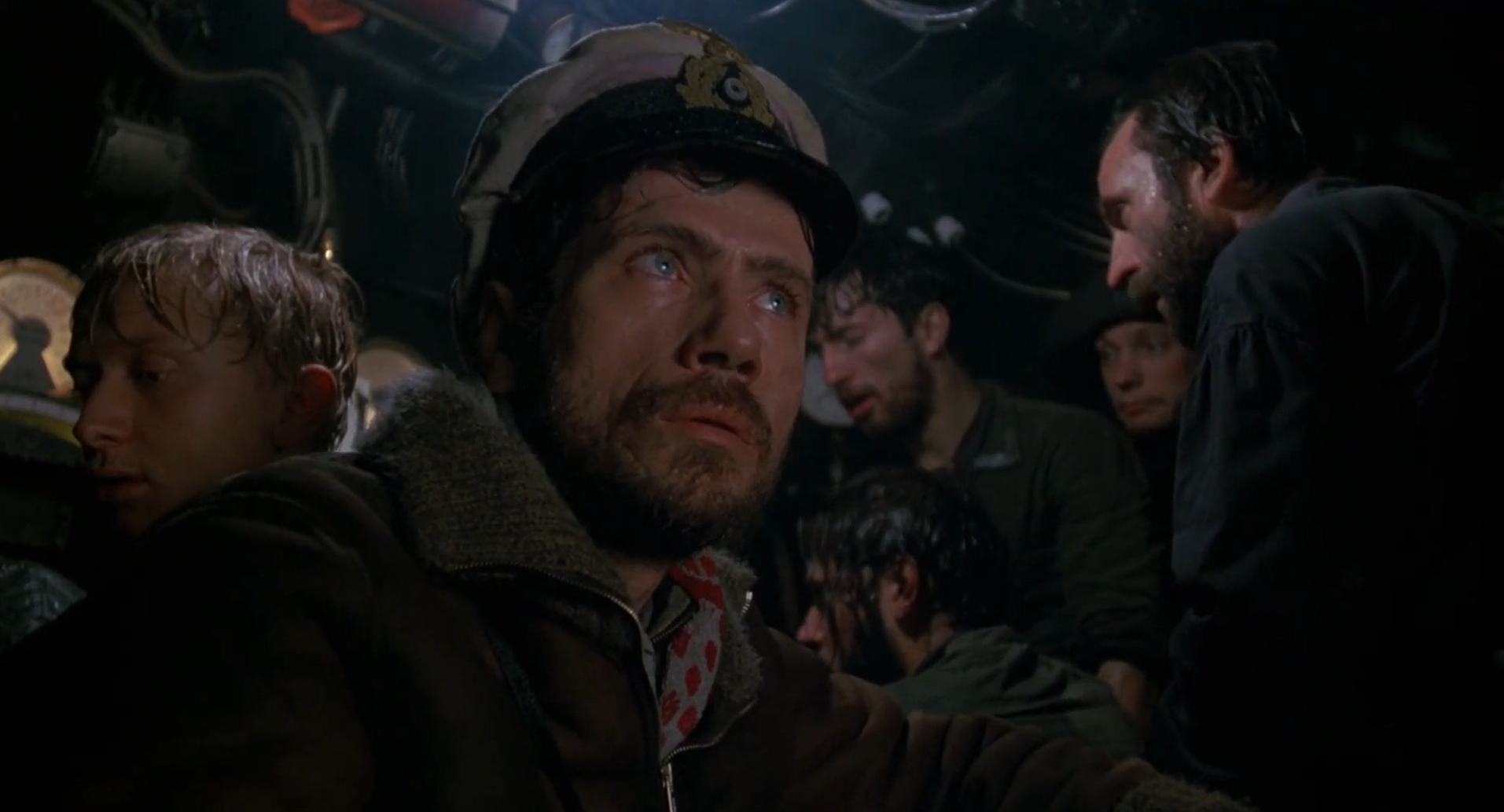
On a final note, it was exciting to hear my 13-year-old son say that Night of the Living Dead (1968) is now his favorite movie! (We watched it together this summer in anticipation of him acting in a super-informal theatrical version of it.) While his camp production kind of — well, fell apart… I’m happy that watching the original movie sparked an interest in him. He’ll be attending a filmmaking camp for young teens next summer, and I’m curious to see what he comes up with.
Here’s to yet another year of watching and reviewing classic films!
— Film Fanatic.org
P.S. No, it’s not lost on me that none of the images chosen above represent women. I’ll add in a little Monica Vitti for your viewing pleasure, since I watched all four of her films with Antonioni this year. The still below is from (IMO) the best of them all — L’Avventura (1960).
